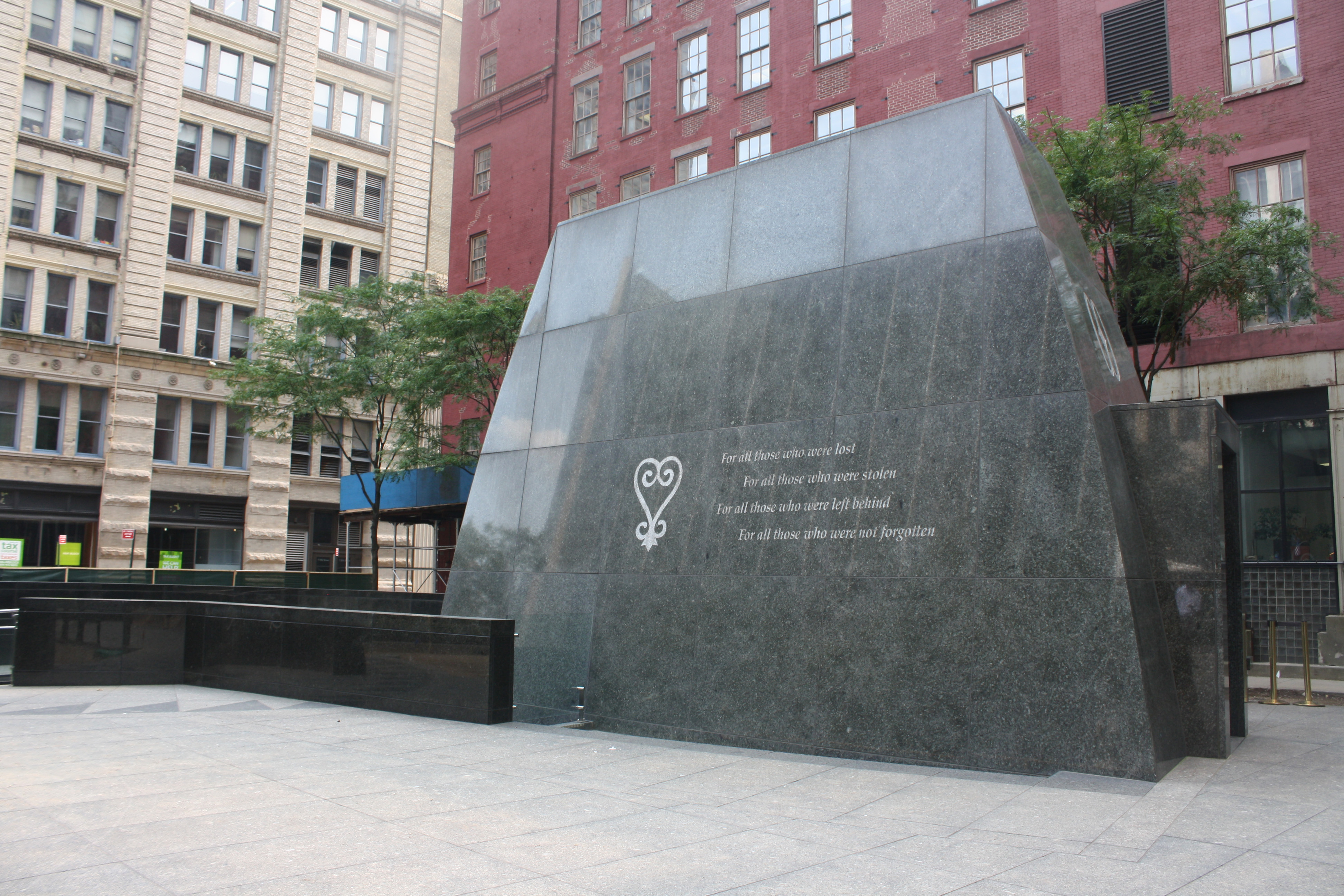
African Burial Ground
African Burial Ground is the oldest and largest known excavated burial ground in North America for both free and enslaved Africans. It protects the historic role slavery played in building New York.
Learn more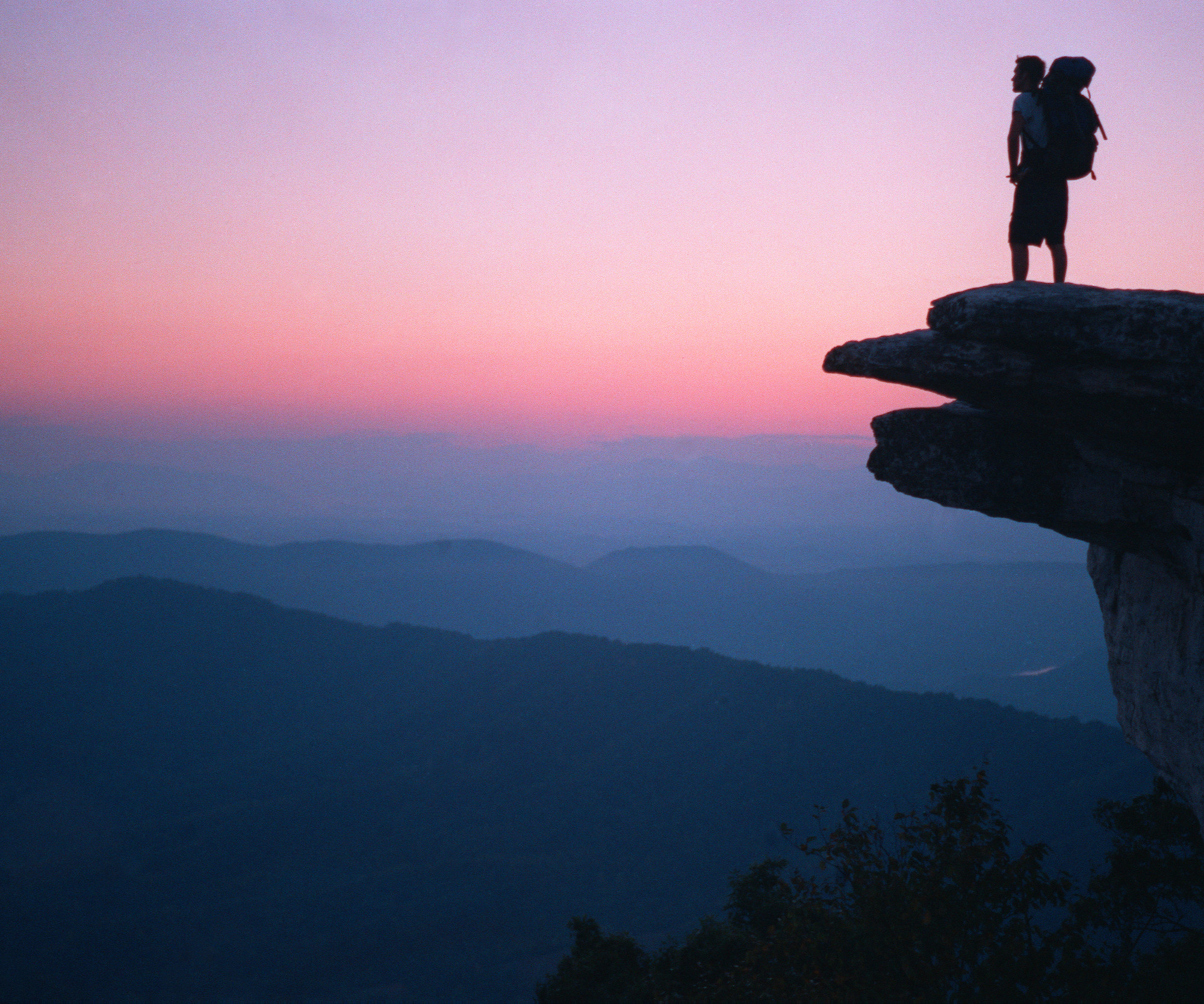
Appalachian
The Appalachian Trail is a 2,190+ mile long public footpath that traverses the scenic, wooded, pastoral, wild, and culturally resonant lands of the Appalachian Mountains. Conceived in 1921, built by private citizens, and completed in 1937, today ...
Learn more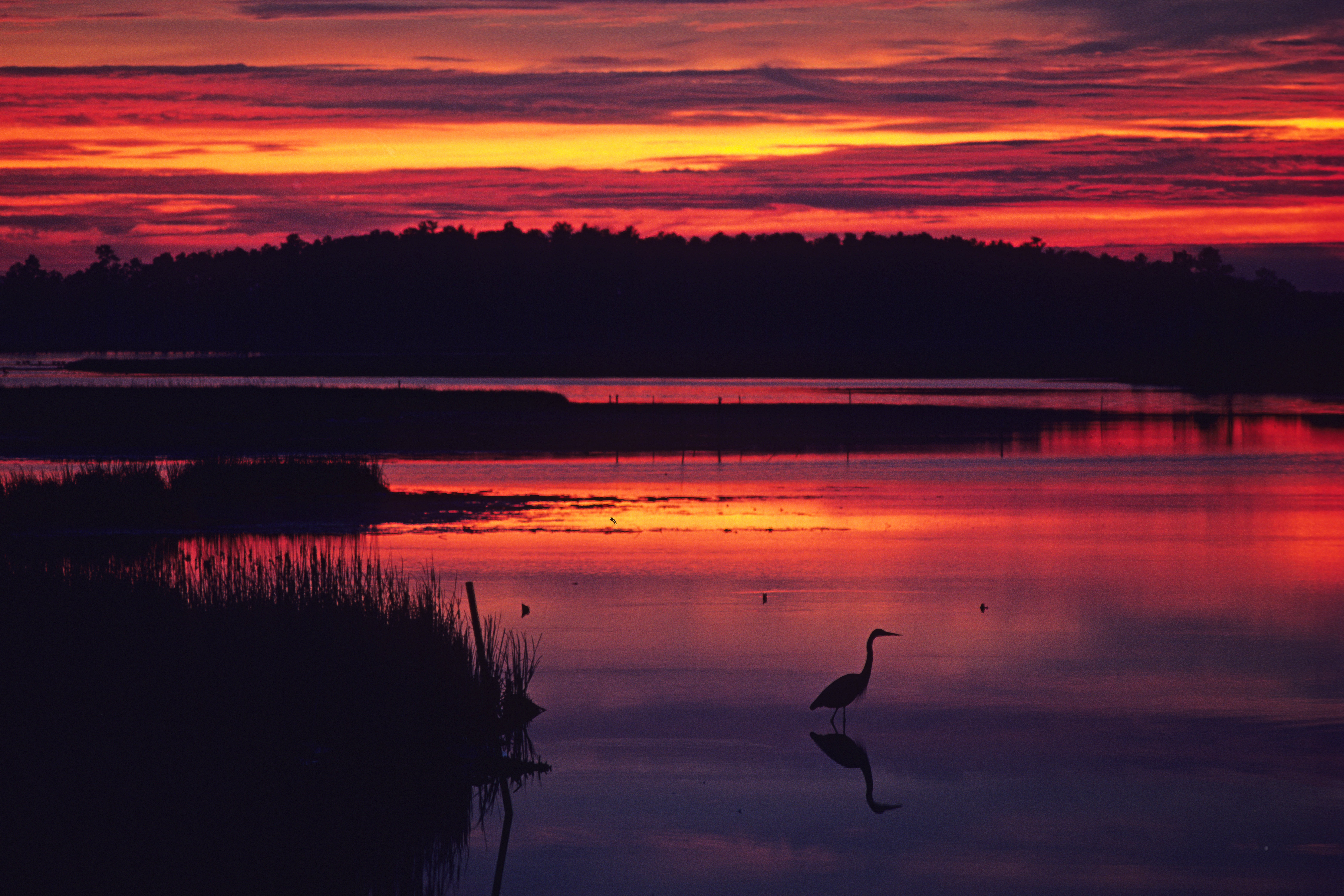
Captain John Smith Chesapeake
People first arrived in the Chesapeake Bay during the last ice age. As glaciers melted, diverse societies learned to thrive in a world of water. When Englishman Captain John Smith explored the Bay in 1608, he documented hundreds of American India...
Learn more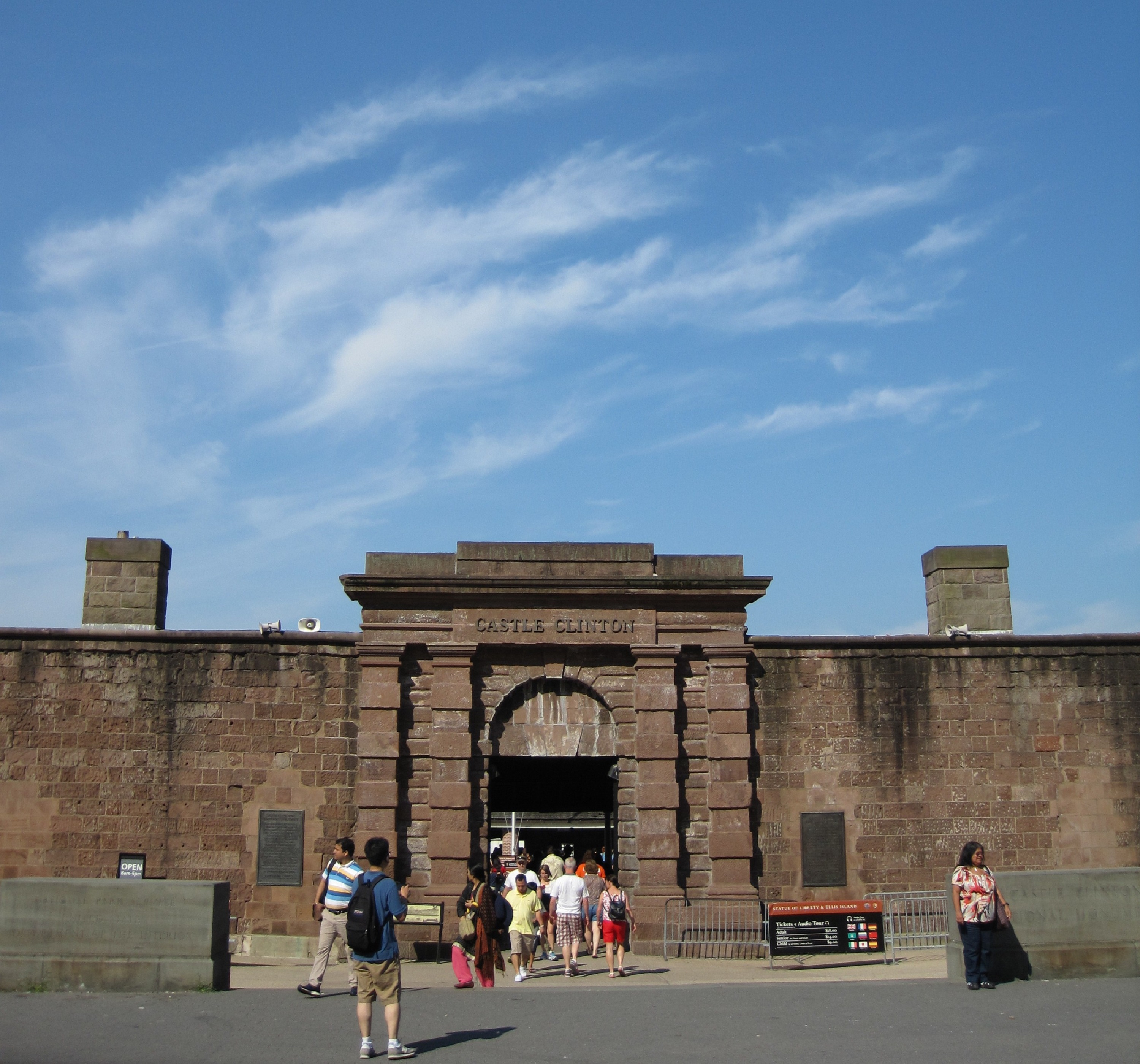
Castle Clinton
Located at the southern tip of Manhattan Island, Castle Clinton stands where New York City began, and represents not only the city’s growth, but the growth of a nation. Initially intended to prevent a British invasion in 1812, the fortification h...
Learn more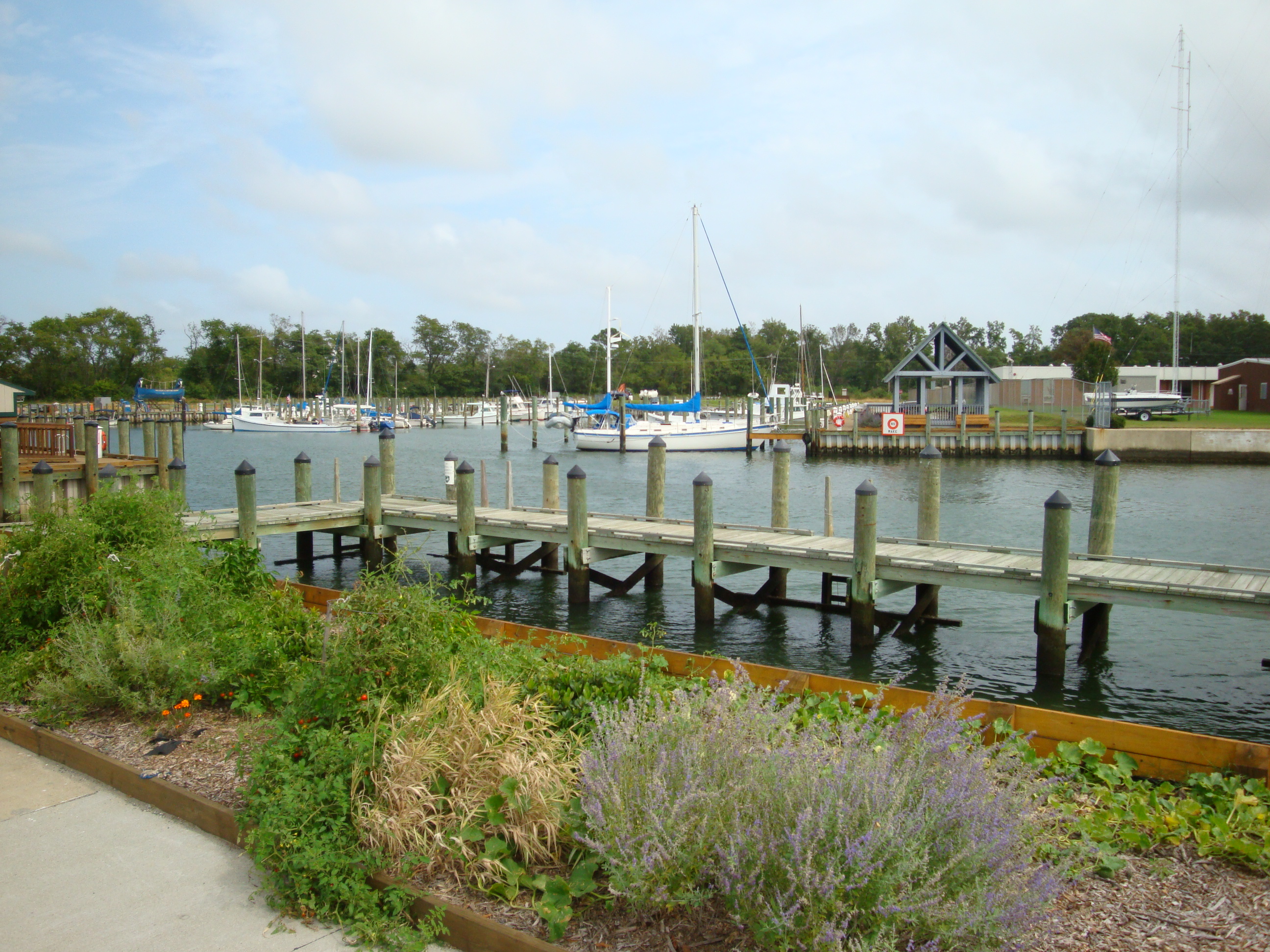
Chesapeake Bay
Over 41 million acres are connected through the waters that flow to and through Chesapeake Bay. The National Park Service strives to connect people to the opportunities and adventures throughout the watershed. Inspiring stewardship across this va...
Learn more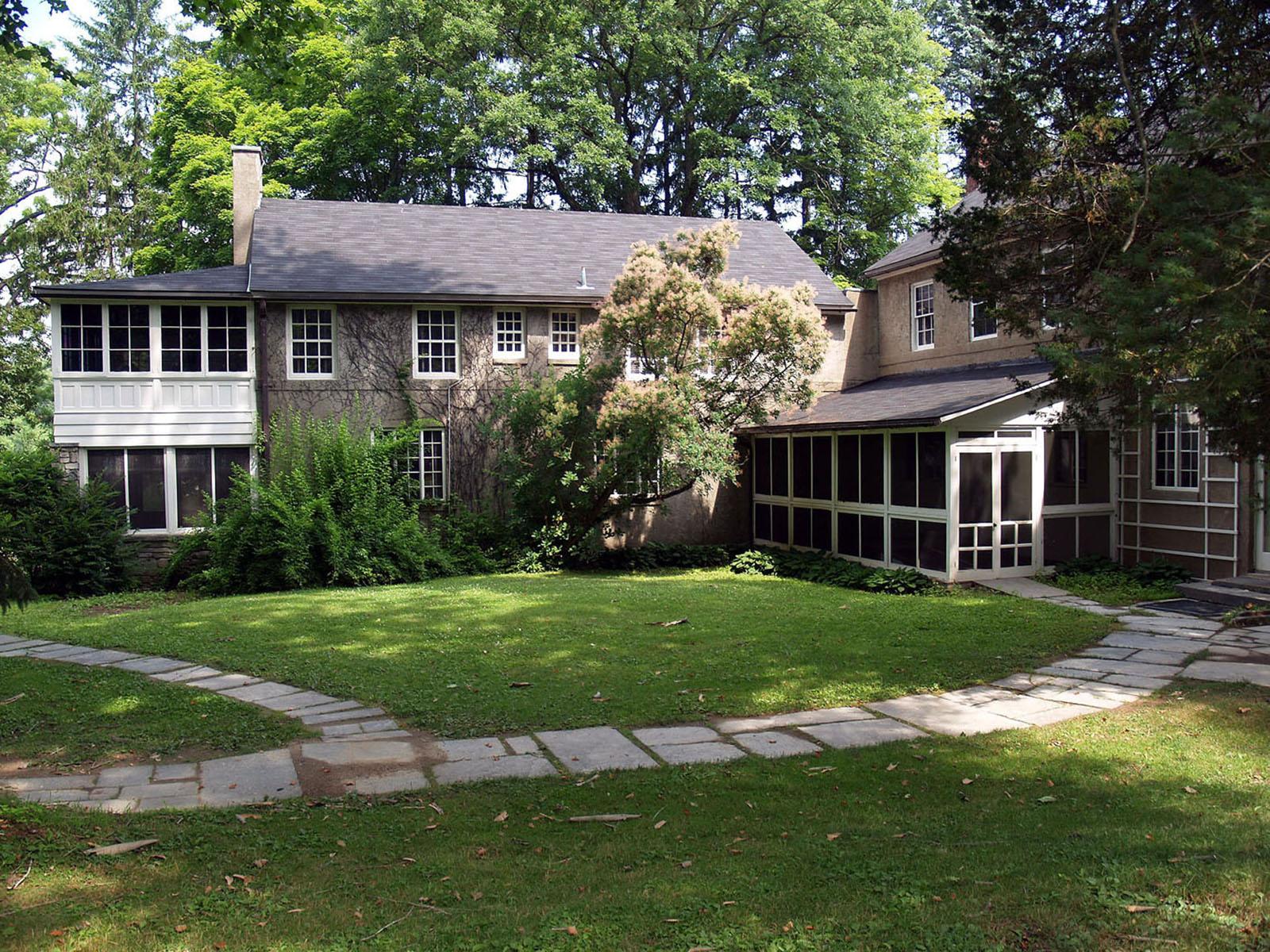
Eleanor Roosevelt
Visit the home of Eleanor Roosevelt. Here, Franklin and Eleanor entertained friends, the press, activists, and official state visitors in the relaxed atmosphere of Val-Kill. Explore the Roosevelt saga in the homes of Franklin and Eleanor Roosevel...
Learn more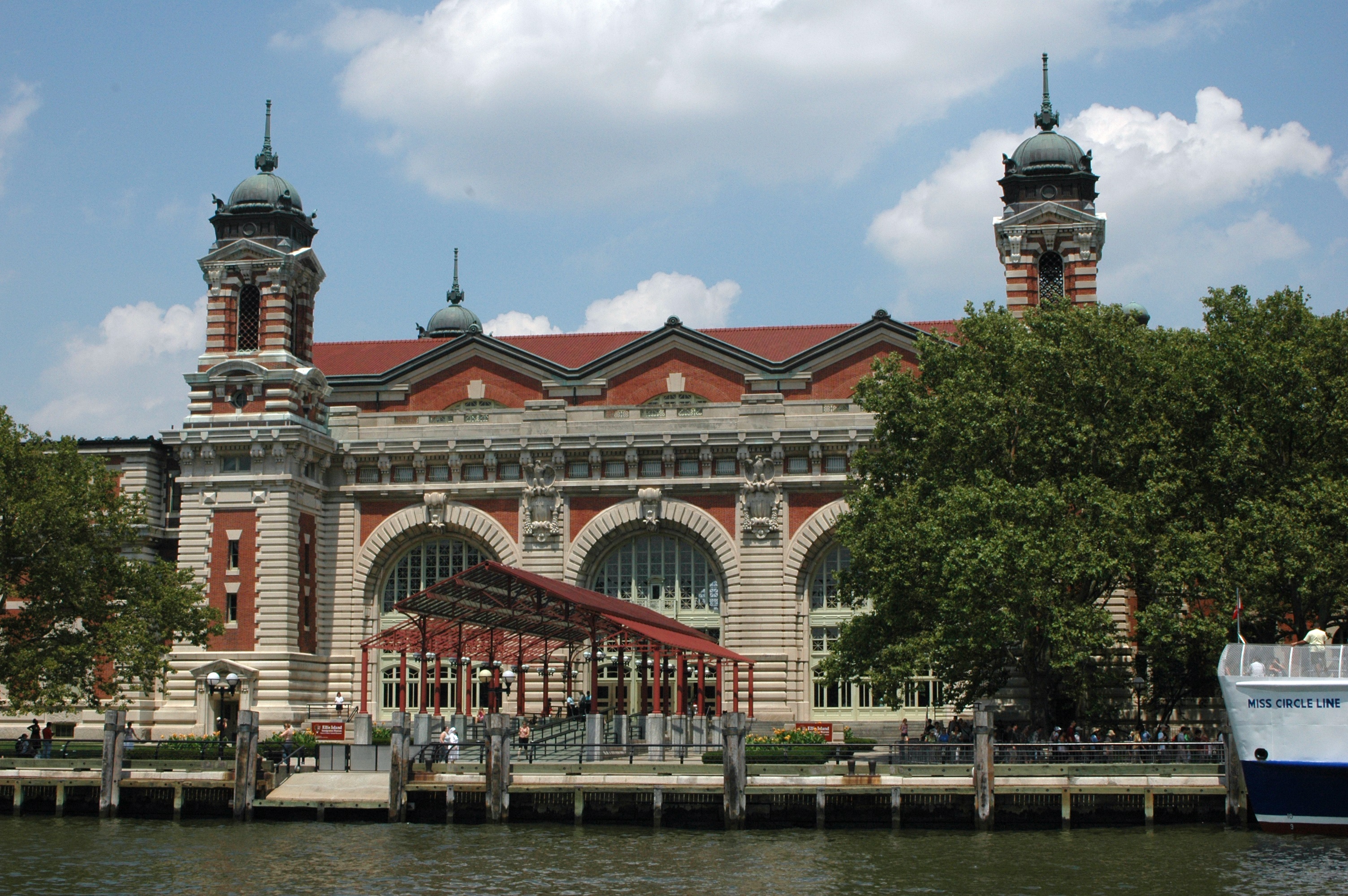
Ellis Island
Millions of Americans and people around the world have ancestors who came through Ellis Island. The Main Immigration Building was the epicenter of one of the greatest migrations in modern history. Today, Ellis Island is a memorial to all who purs...
Learn more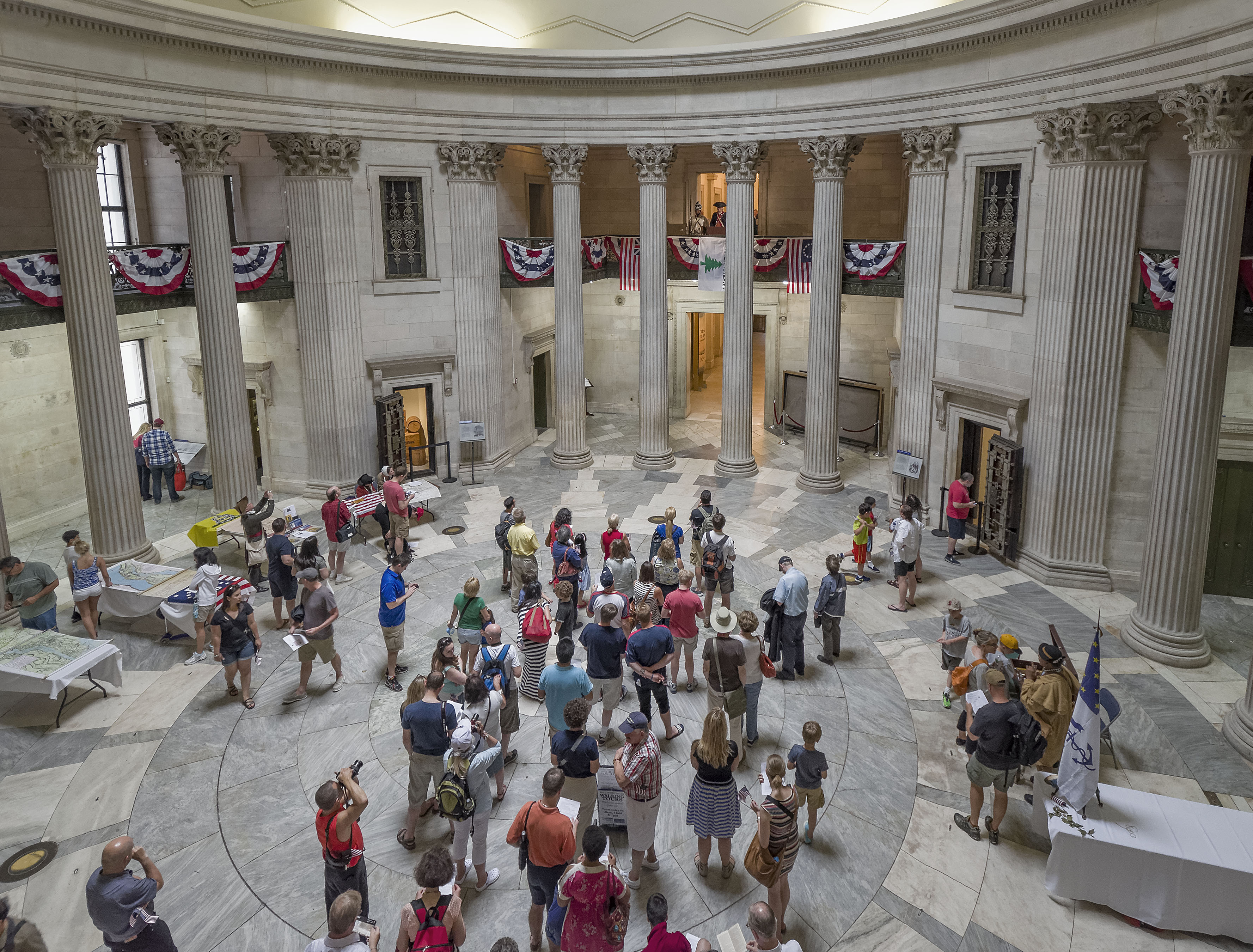
Federal Hall
Here on Federal Hall, George Washington took the oath of office as our first President, and this site was home to the first Congress, Supreme Court, and Executive Branch offices. The current structure, a Customs House, later served as part of the...
Learn more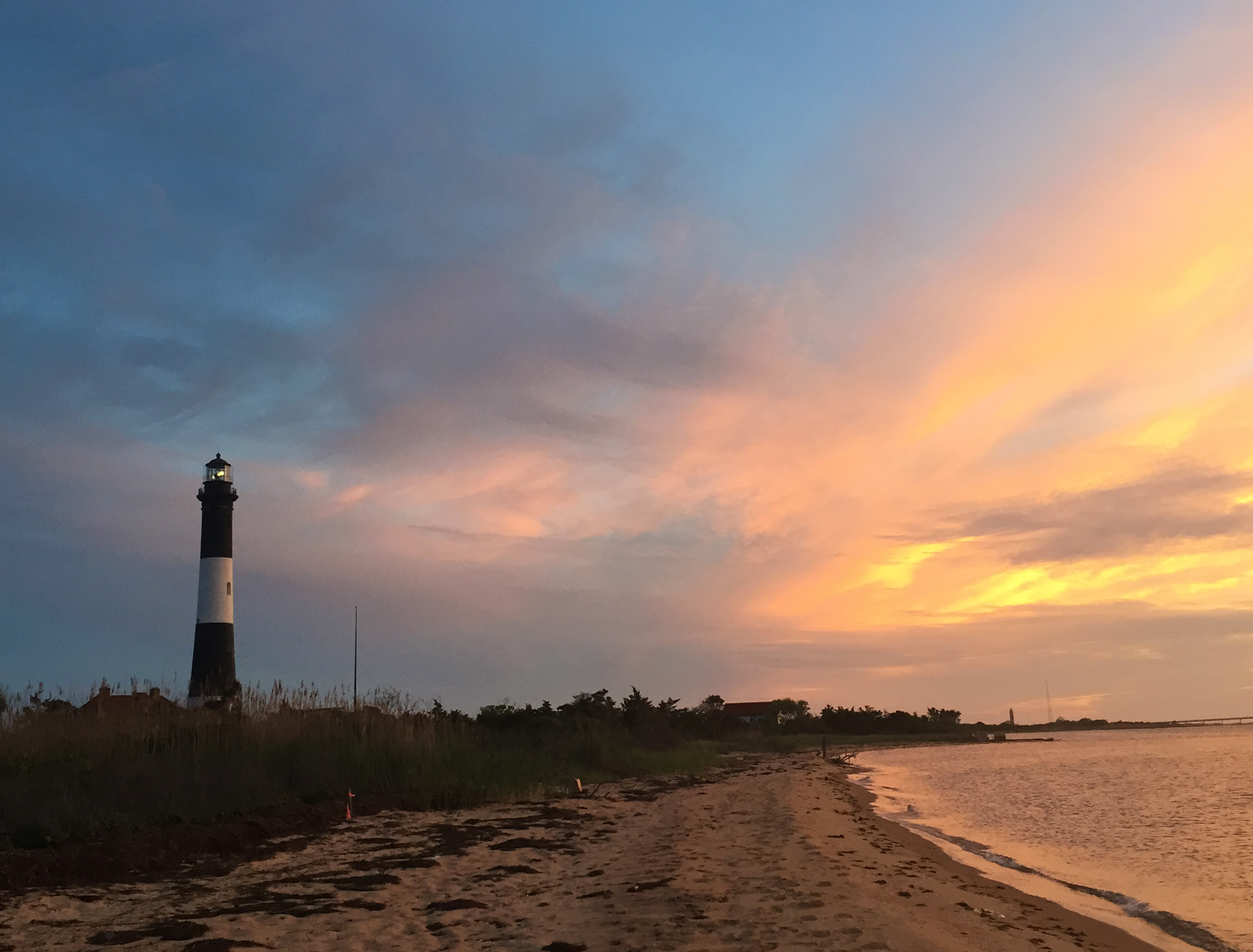
Fire Island
Immerse yourself in an enchanting collage of coastal life and history. Rhythmic waves, high dunes, ancient maritime forests, historic landmarks and glimpses of wildlife, Fire Island has been a special place for diverse plants, animals and people ...
Learn more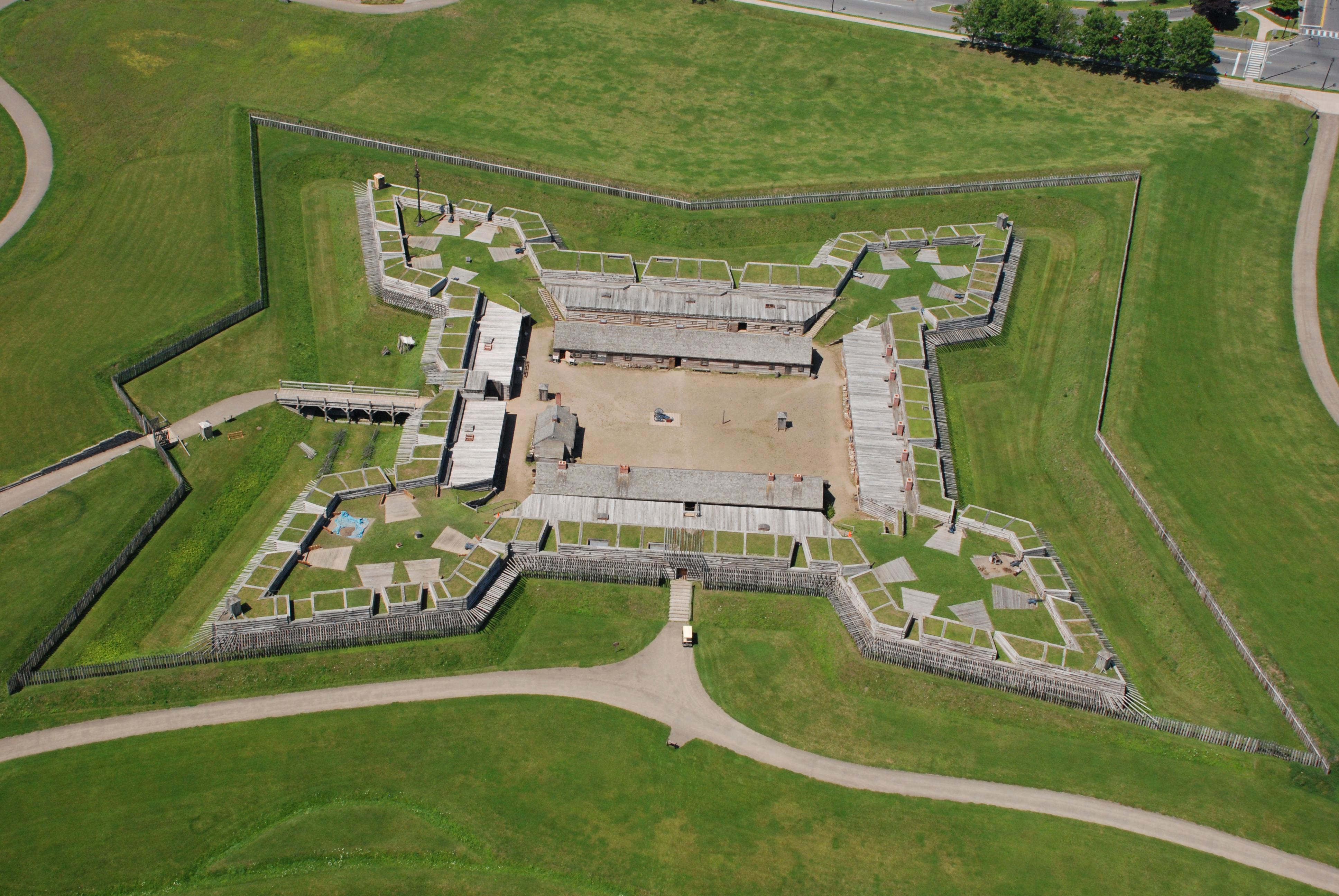
Fort Stanwix
For centuries, the Oneida Carrying Place, a six-mile portage connecting the Mohawk River and Wood Creek, served as a vital link for those traveling by water from the ocean to the Great Lakes. When Europeans arrived, nations fought for control of ...
Learn more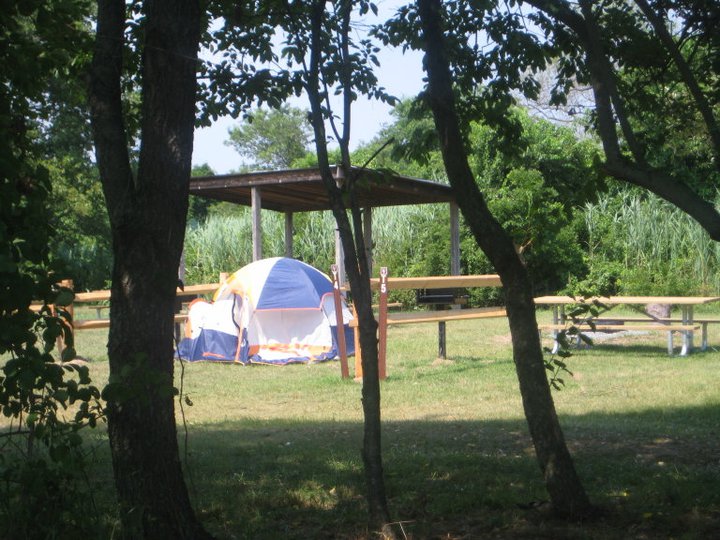
Gateway
Spanning 27,000 acres from Sandy Hook in New Jersey to Breezy Point in New York City, the park is both the gateway from the ocean into New York Harbor, and the gateway to the National Park Service for millions of visitors every year. Gateway offe...
Learn more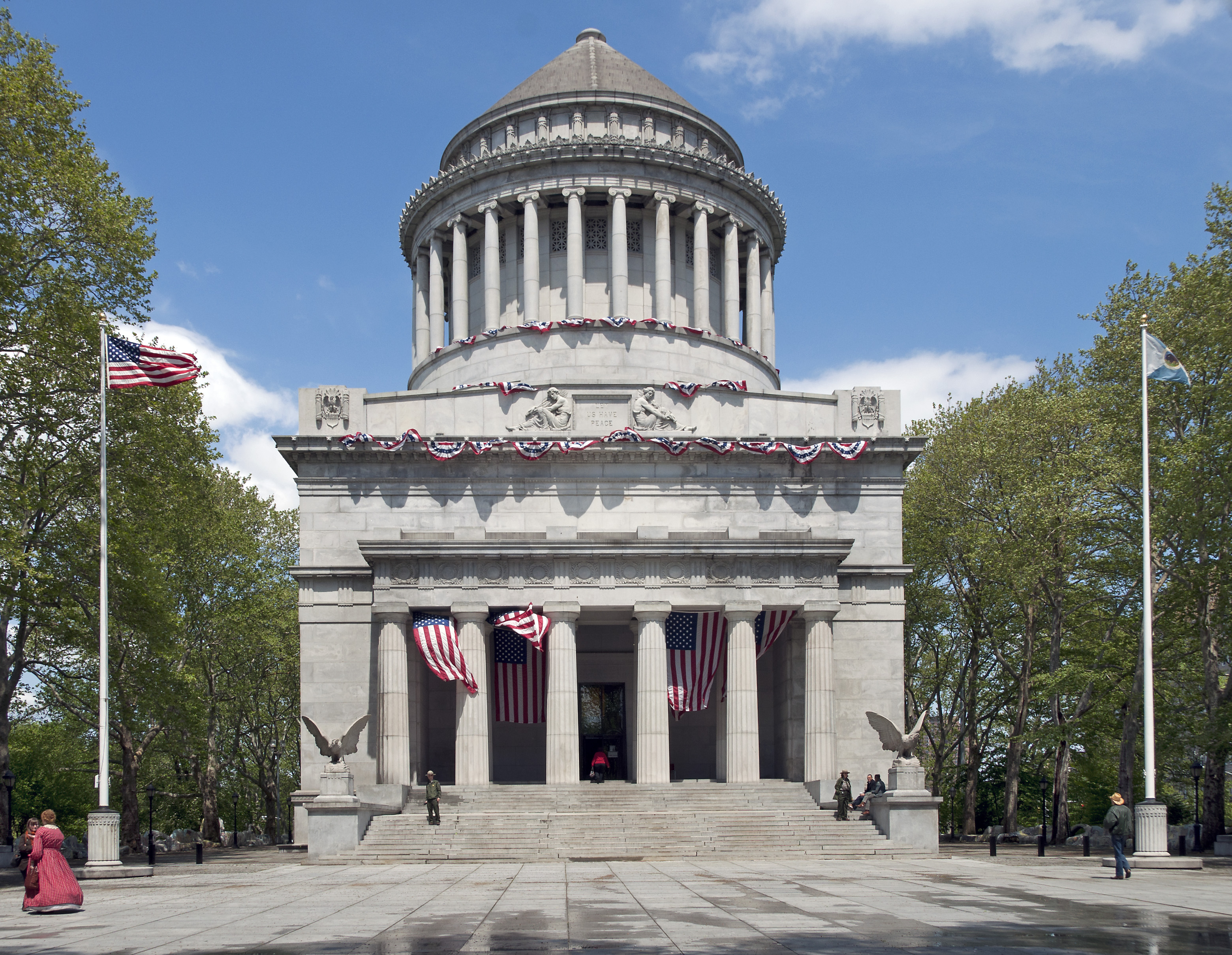
General Grant
The final resting place of President Ulysses S. Grant and his wife, Julia, is the largest mausoleum in North America. It testifies to a people’s gratitude for the man who ended the bloodiest conflict in American history as Commanding General of t...
Learn more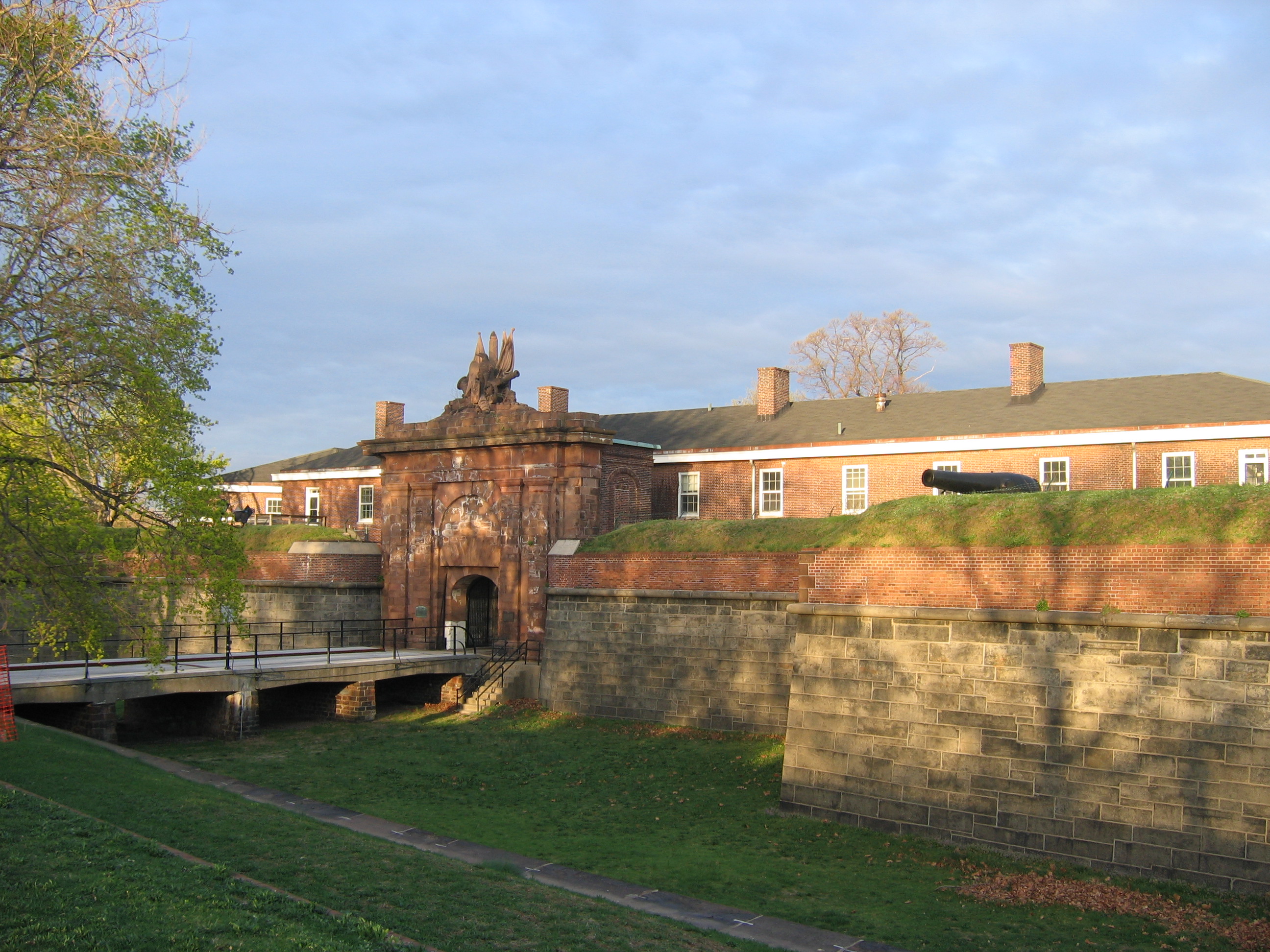
Governors Island
From 1794 to 1966, the U.S. Army on Governors Island was part of the social, political, and economic tapestry of New York City. It was home to the US Coast Guard from 1966 to 1996. Today, the island is a vibrant venue of art, culture, and perform...
Learn more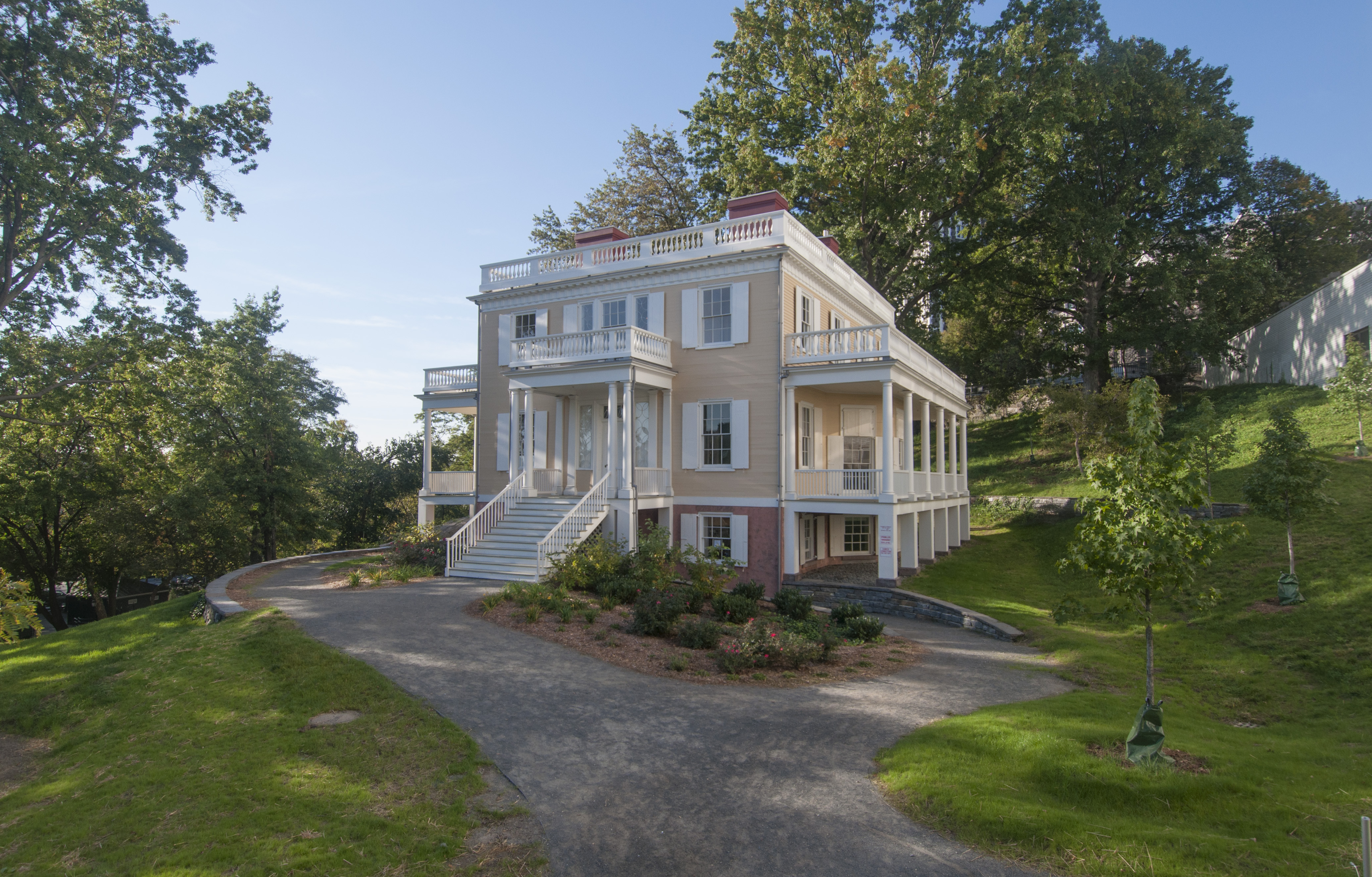
Hamilton Grange
Merchant’s clerk, Revolutionary War soldier, first Secretary Treasury of the United States: Alexander Hamilton’s life is memorialized at The Grange, the home he built on a country estate in uptown Manhattan. A faithful testament to early American...
Learn more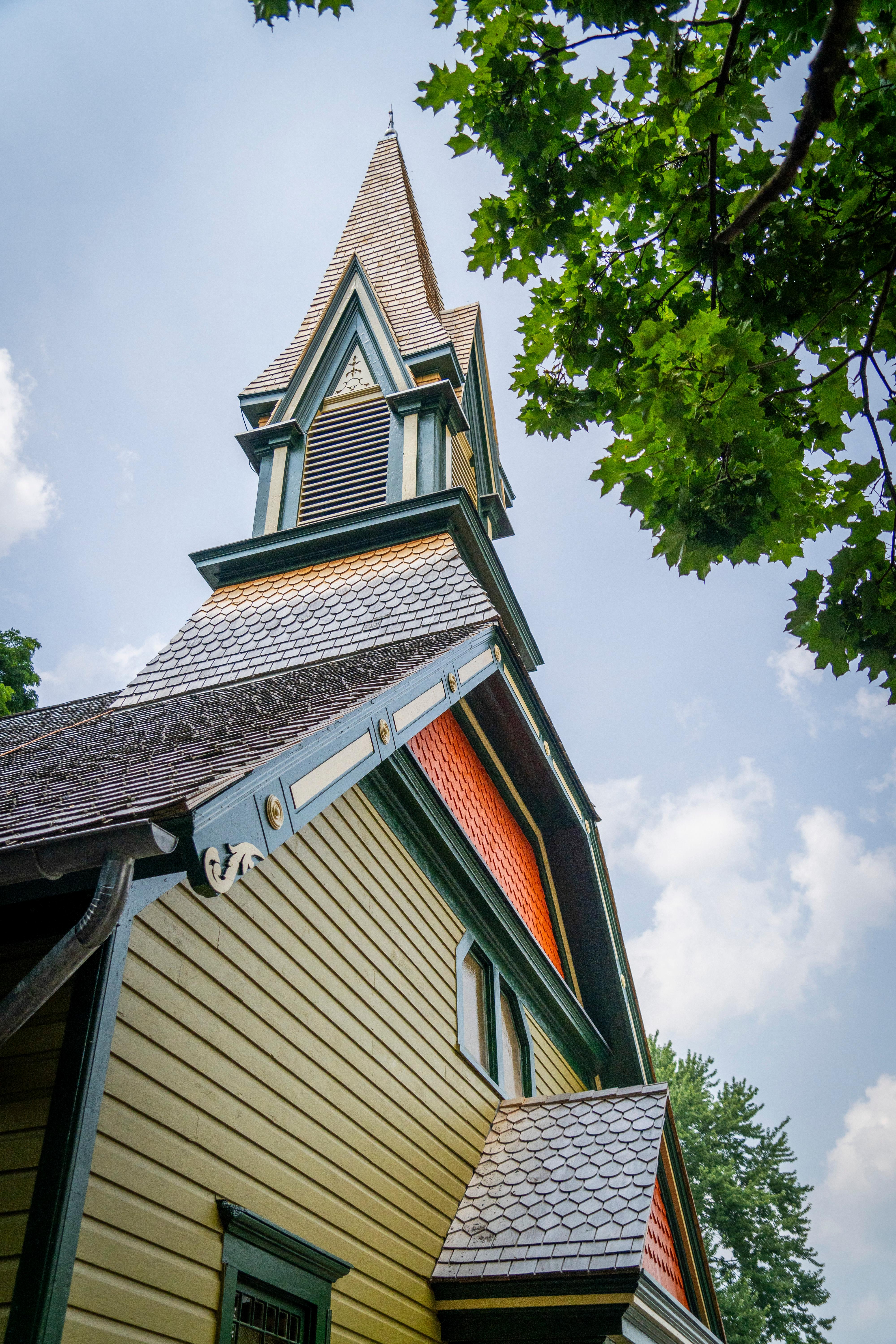
Harriet Tubman
Harriet Tubman was guided by a deep faith and devotion to family, freedom, and community. After emancipating herself and members of her family, she moved them from Ontario, Canada to Fleming and Auburn, New York in 1859. Central New York was a ce...
Learn more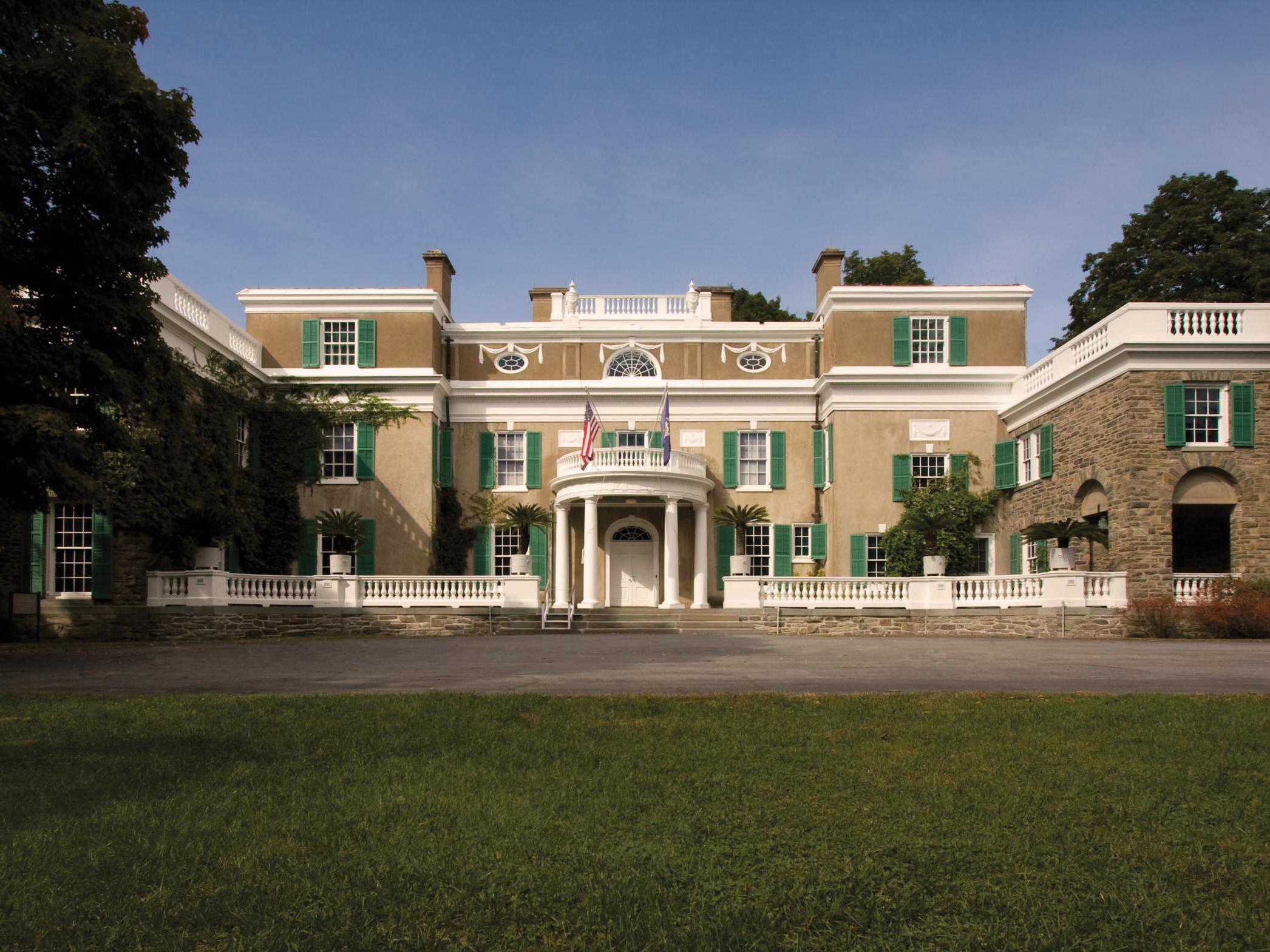
Home Of Franklin D Roosevelt
Home to the 32nd and longest-serving president of the United States, Franklin D. Roosevelt returned to Hyde Park often, drawing on this place to renew his spirit during times of personal and political crisis. Explore the Roosevelt saga in the hom...
Learn more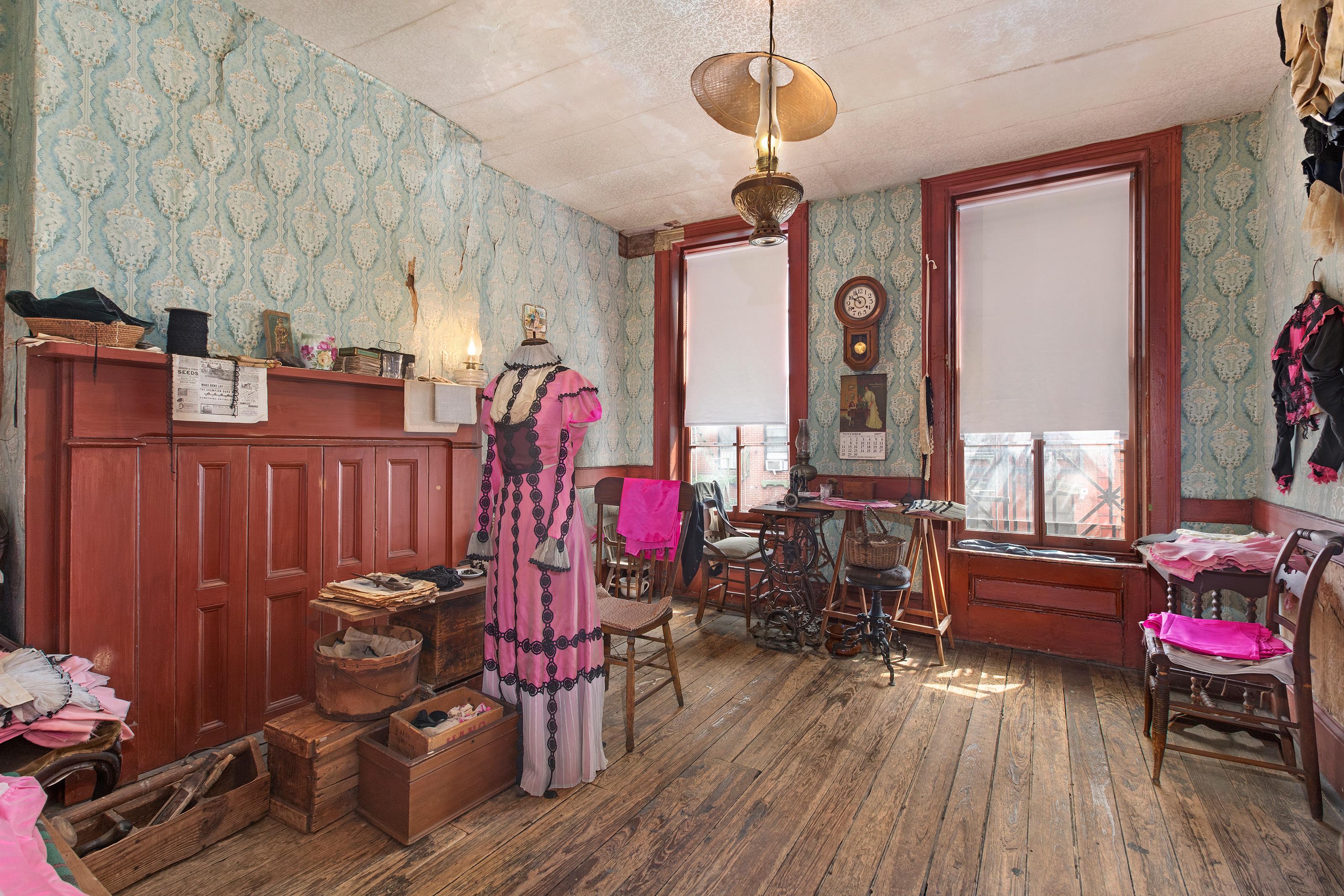
Lower East Side Tenement Museum
The Tenement Museum tells the stories of working-class tenement residents, who moved to New York City from other countries and other parts of the country. Their work helped build the city and nation, and their stories help us understand our histo...
Learn more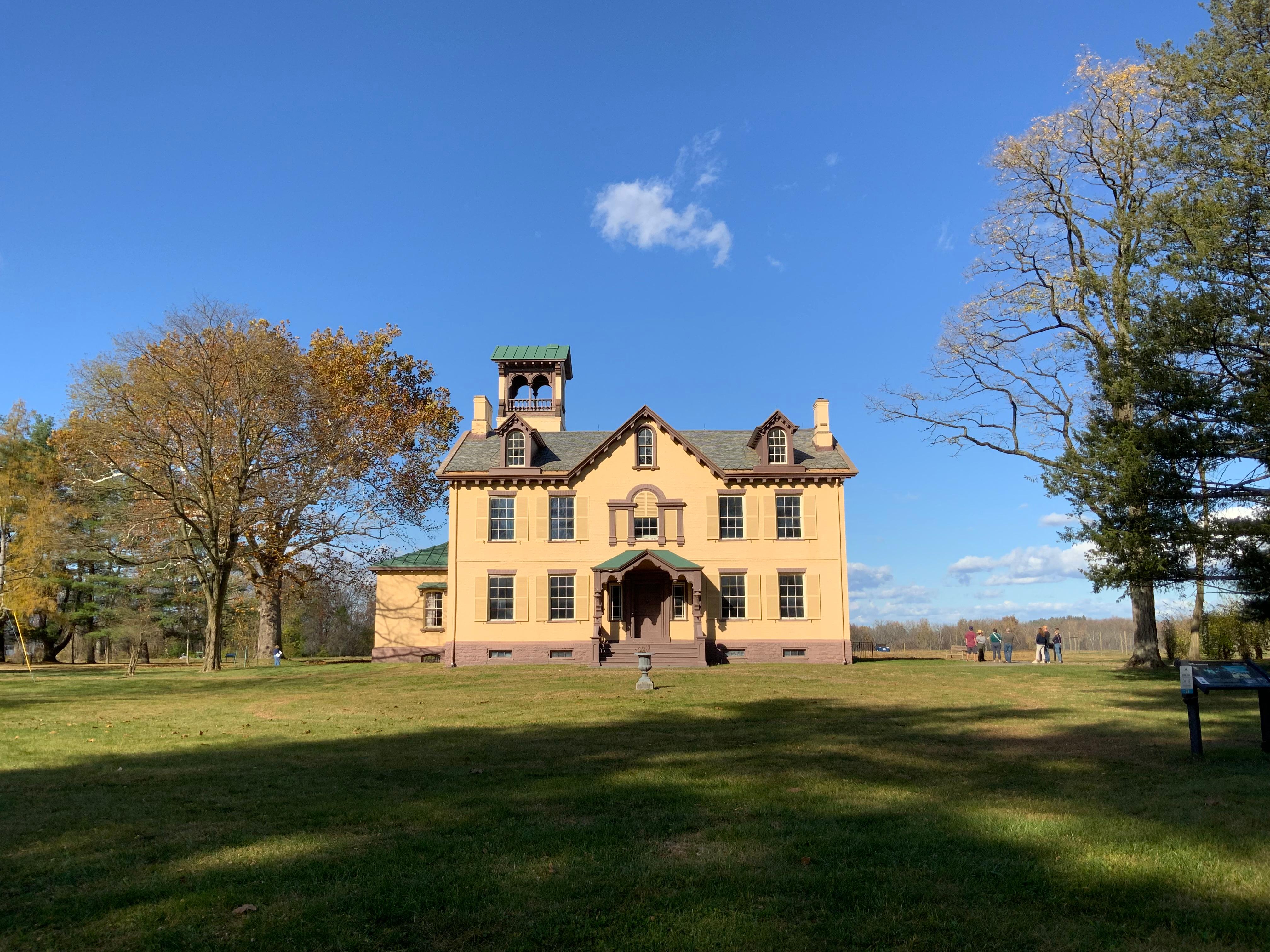
Martin Van Buren
Born in Kinderhook, New York, in 1782, Martin Van Buren was the first president born a US citizen. His life spanned the American Revolution to the Civil War and was shaped by the most important issues of the era: US expansionism and the removal o...
Learn more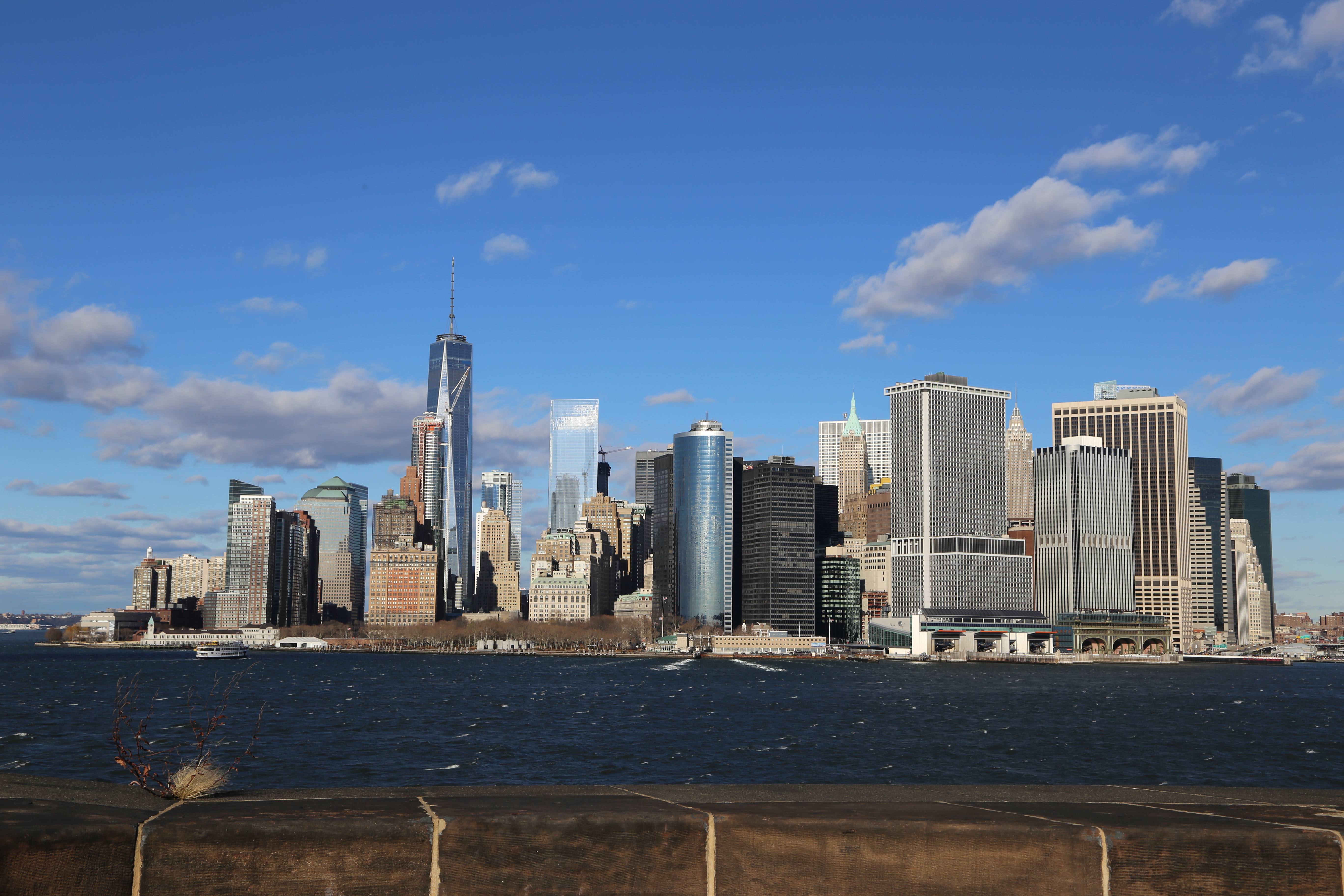
National Parks of New York Harbor
These 12 sites preserve more than 400 years of American history! We invite you to explore the past and investigate its relevance in our lives today. From the birth of American democracy to the evolution of commerce, harbor defense, ecology and im...
Learn more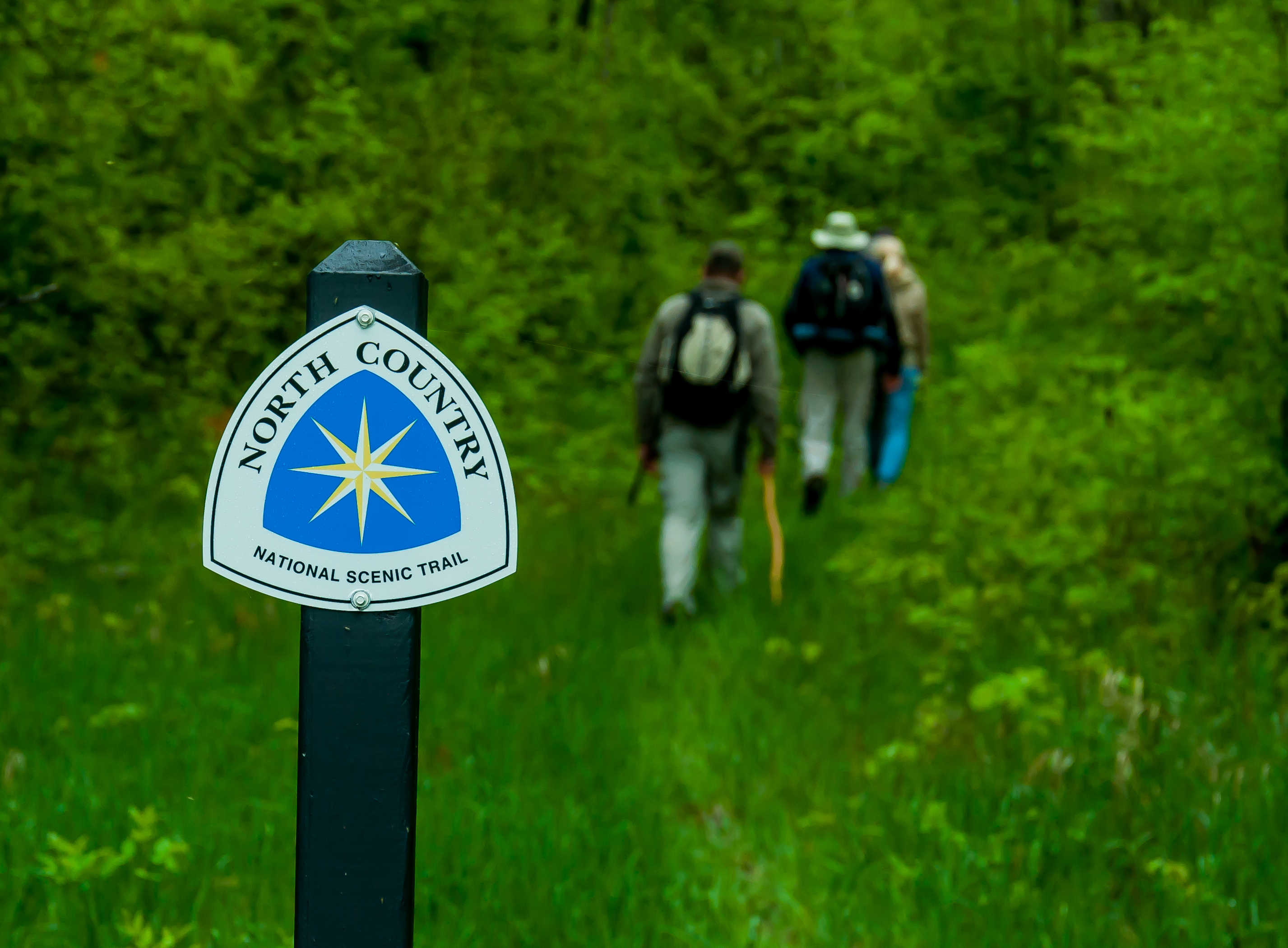
North Country
Come to the North Country. Trek the hills and valleys. Stand on the shores of lakes & streams from glaciers 10,000 years before. Clear-flowing water, red/gold of autumn, a fairyland of snow, open prairies, and distant horizons paint the land. His...
Learn more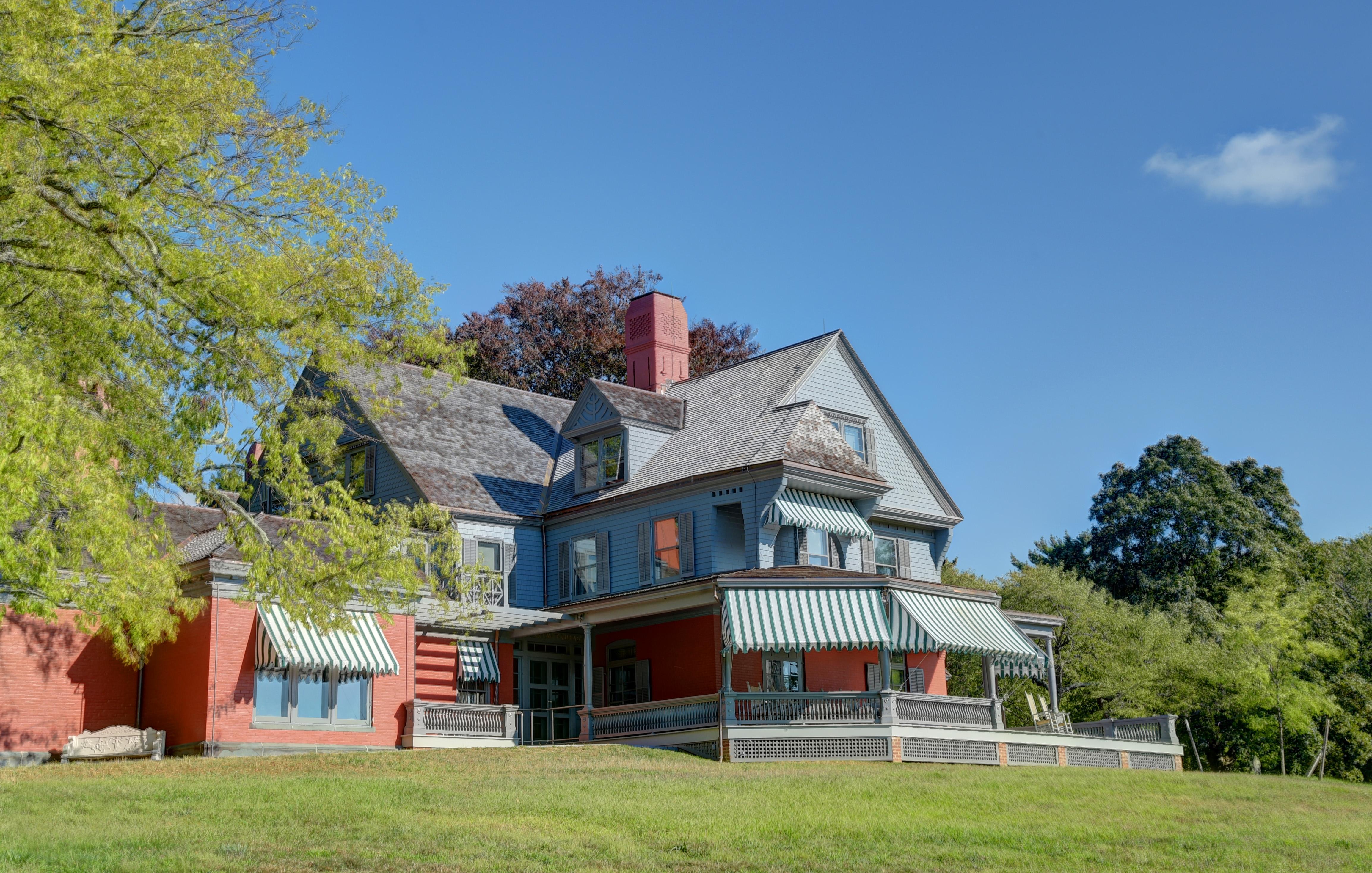
Sagamore Hill
Sagamore Hill was the home of Theodore Roosevelt, 26th President of the United States, from 1885 until his death in 1919. During Roosevelt's time in office, his "Summer White House" was the focus of international attention. Explore 83 acres of na...
Learn more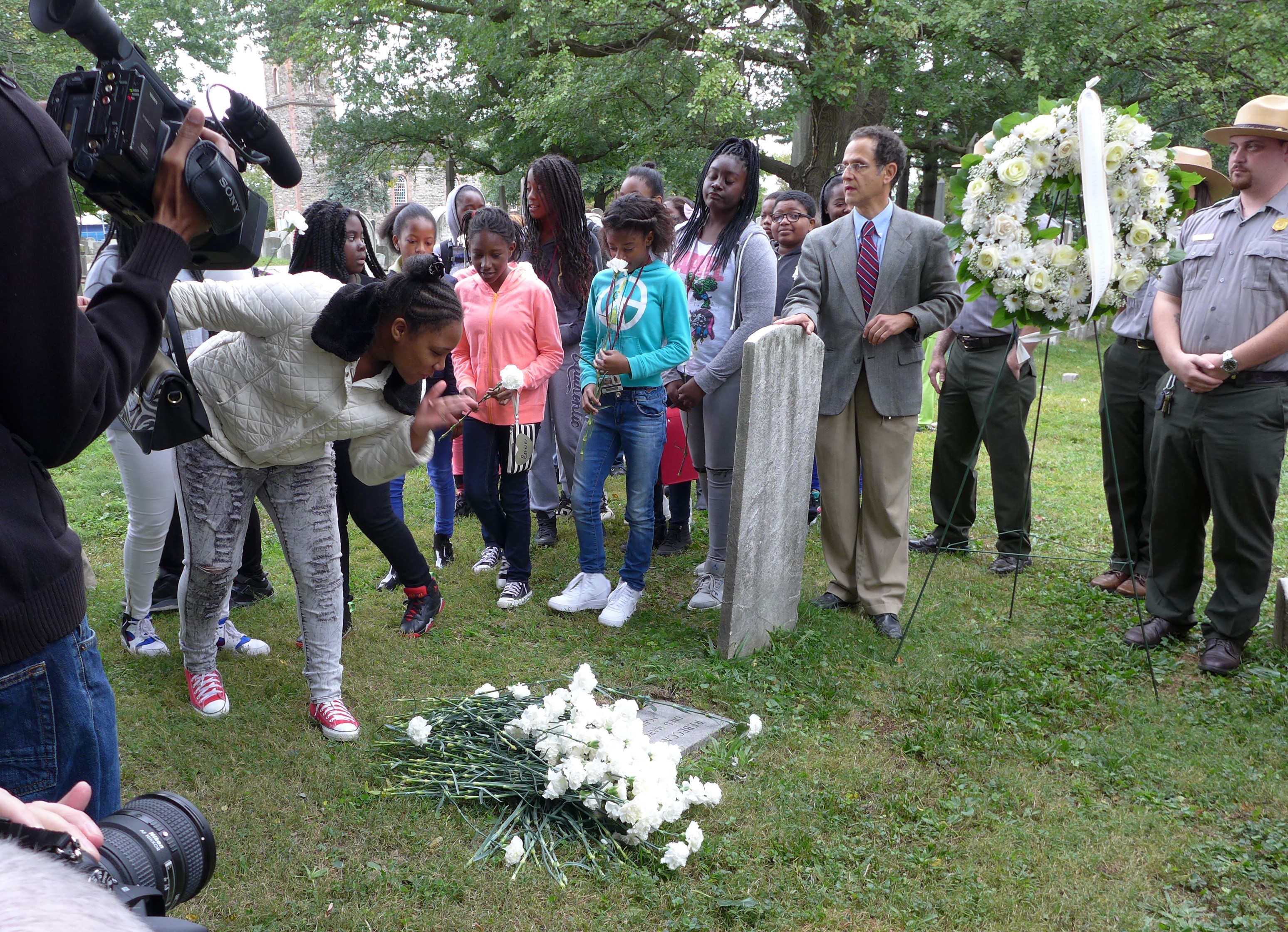
Saint Paul's Church
Since 1665, Saint Paul's Church played a vital role in the colonial life of Eastchester, 20 miles north of New York City. Townspeople voted at the nearby Village Green; local militia drilled outside its doors. But the American Revolution changed ...
Learn more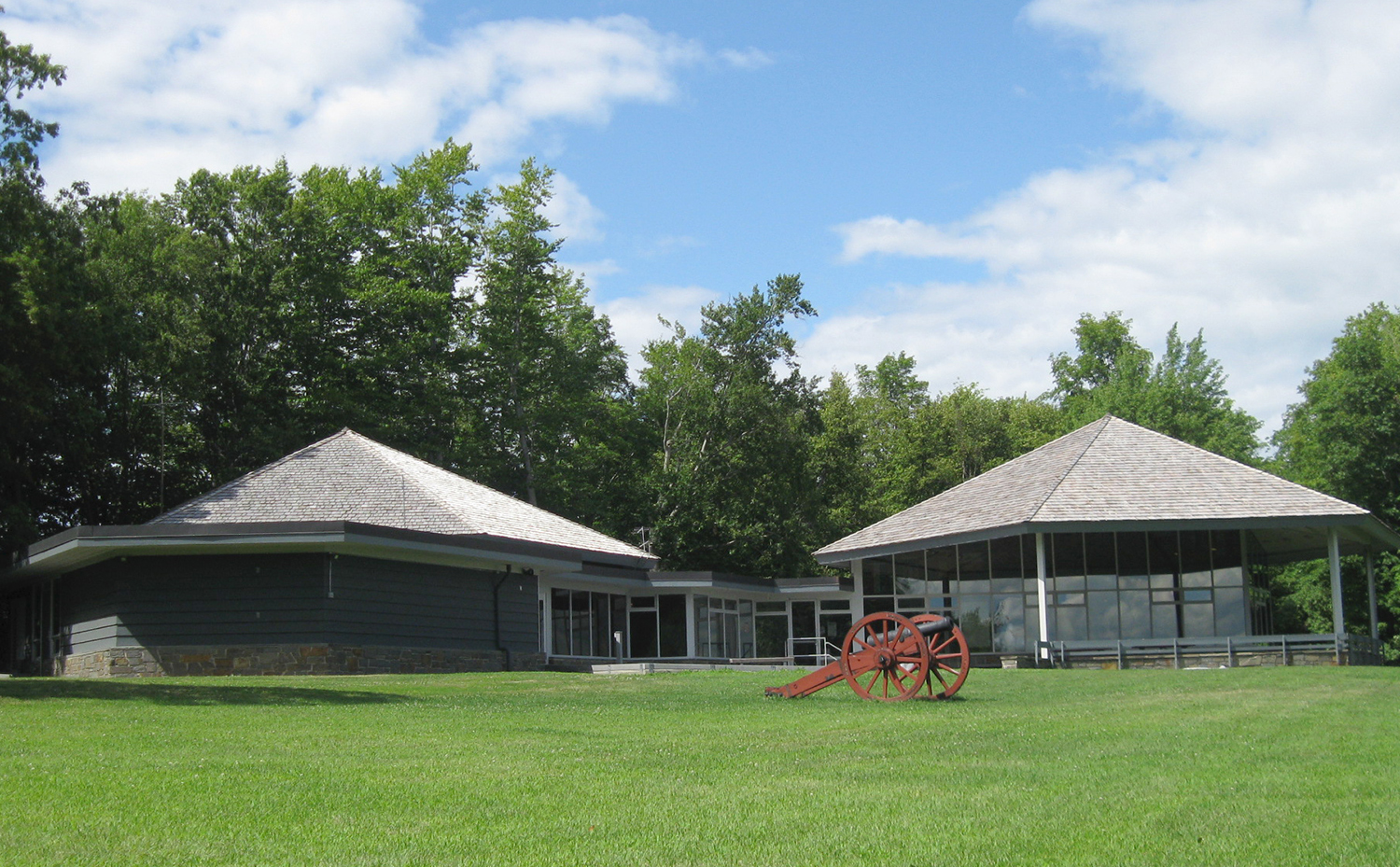
Saratoga
In 1777, a large British invasion force met an equally large American army here at Saratoga. After two intense battles, an eight-mile retreat, and a three-day siege, British General John Burgoyne surrendered his entire force. This first ever surr...
Learn more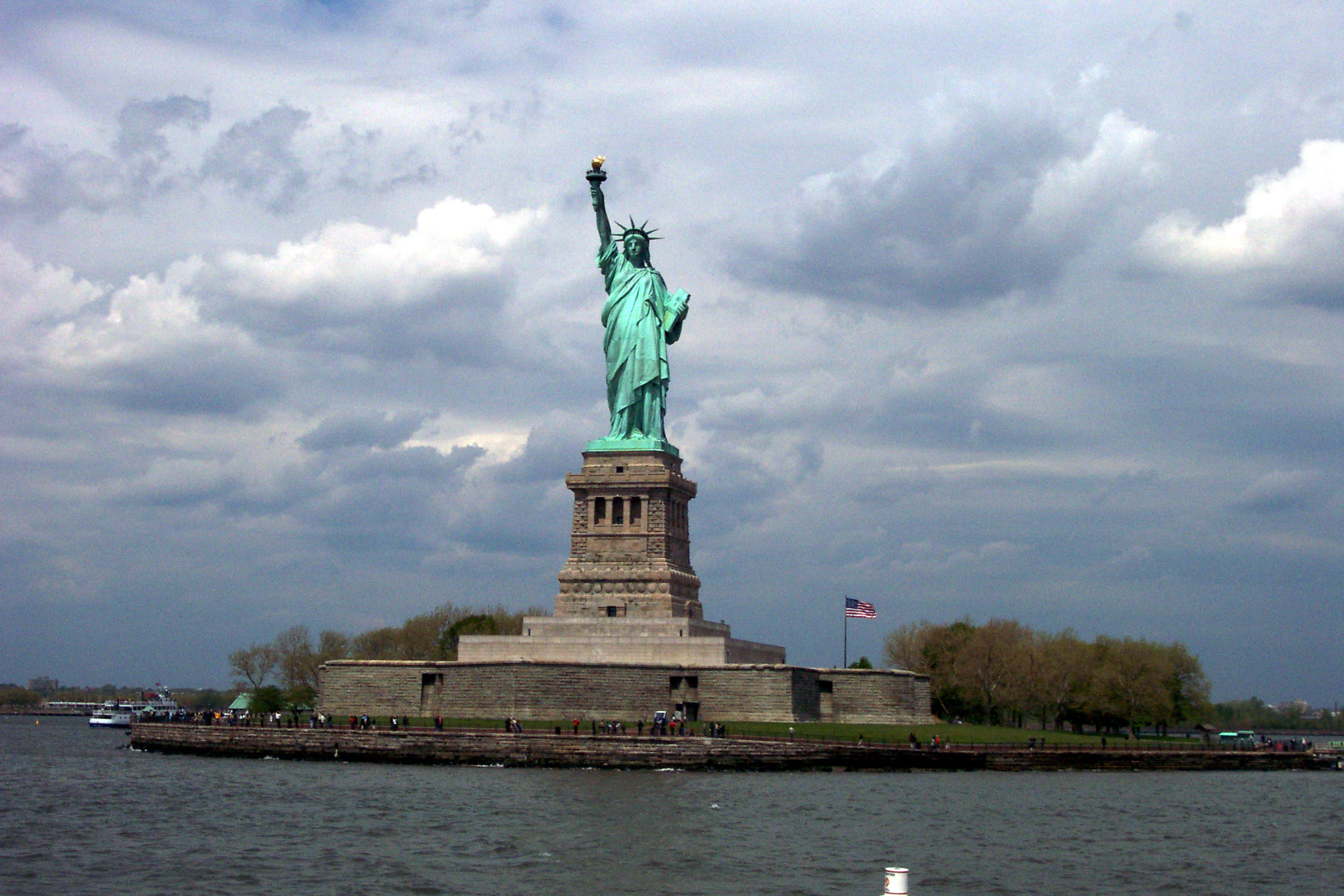
Statue Of Liberty
A gift of friendship from the people of France to the United States "The Statue of Liberty Enlightening the World" is recognized as a universal symbol of freedom and democracy. It was dedicated by President Grover Cleveland on October 28, 1886. D...
Learn more
Stonewall
Before the 1960s, almost everything about living openly as a lesbian, gay, bisexual (LGB) person was illegal. The Stonewall Uprising on June 28, 1969 is a milestone in the quest for LGB civil rights and provided momentum for a movement.
Learn more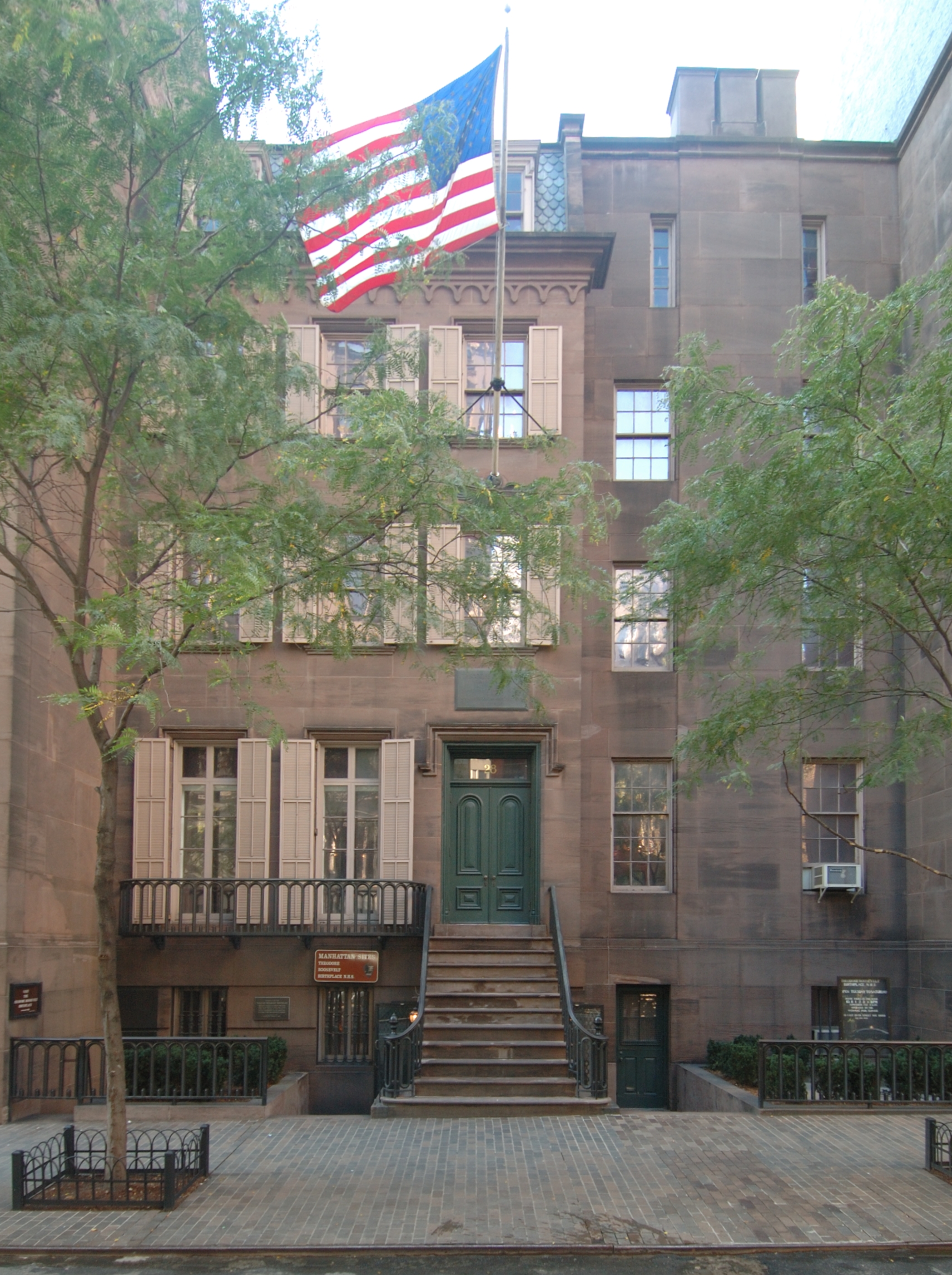
Theodore Roosevelt Birthplace
This is the boyhood home of the first U.S. president to be born in New York City. Raised in a townhouse at 28 E. 20th St., Theodore Roosevelt would grow up to be our 26th President and become immortalized on Mount Rushmore. However, he started li...
Learn more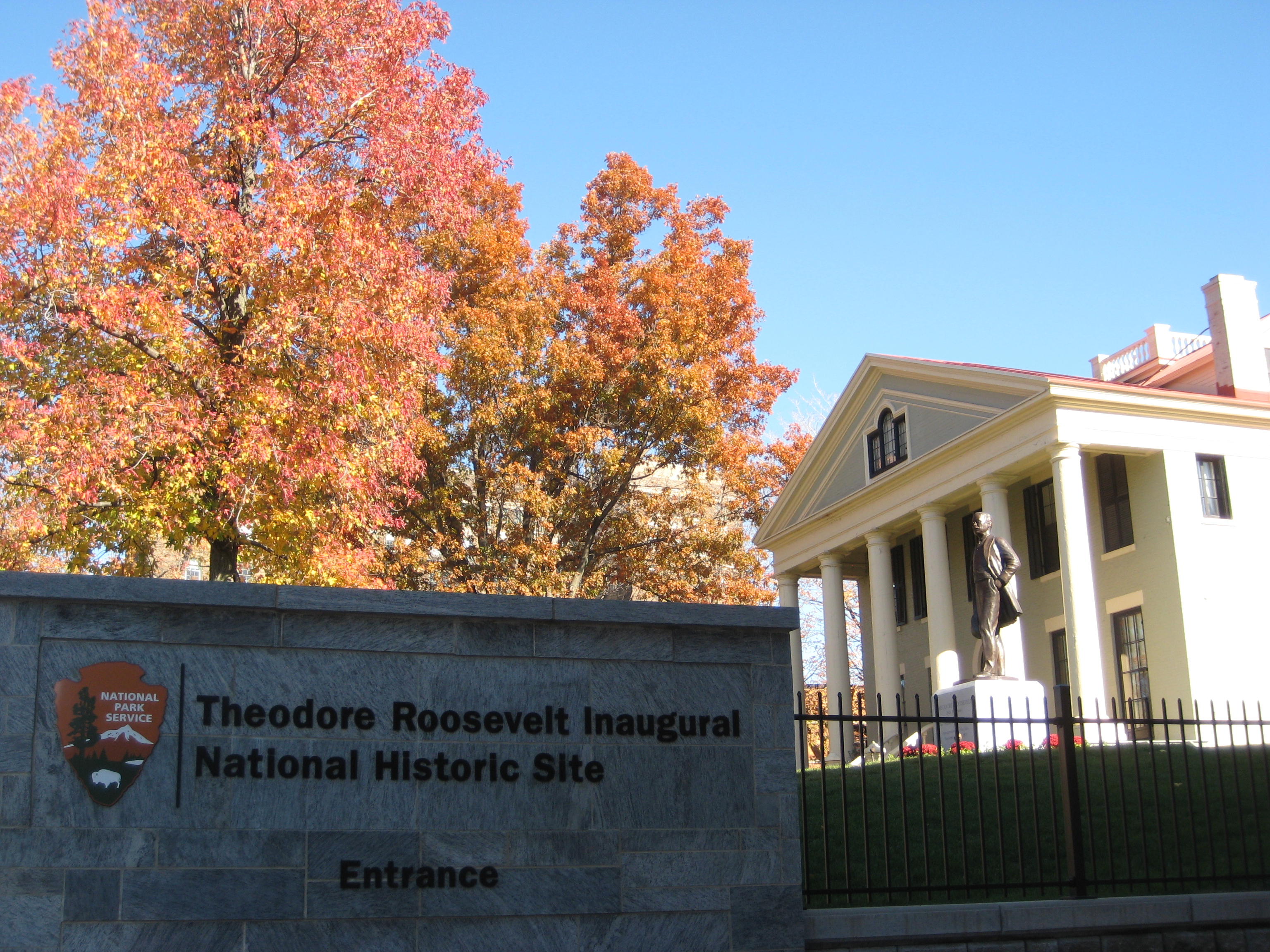
Theodore Roosevelt Inaugural
As president, Theodore Roosevelt created protections for ordinary citizens, began regulation of big business, and made the US a major force in international affairs. Yet one of the most important presidencies in America's history nearly didn't ha...
Learn more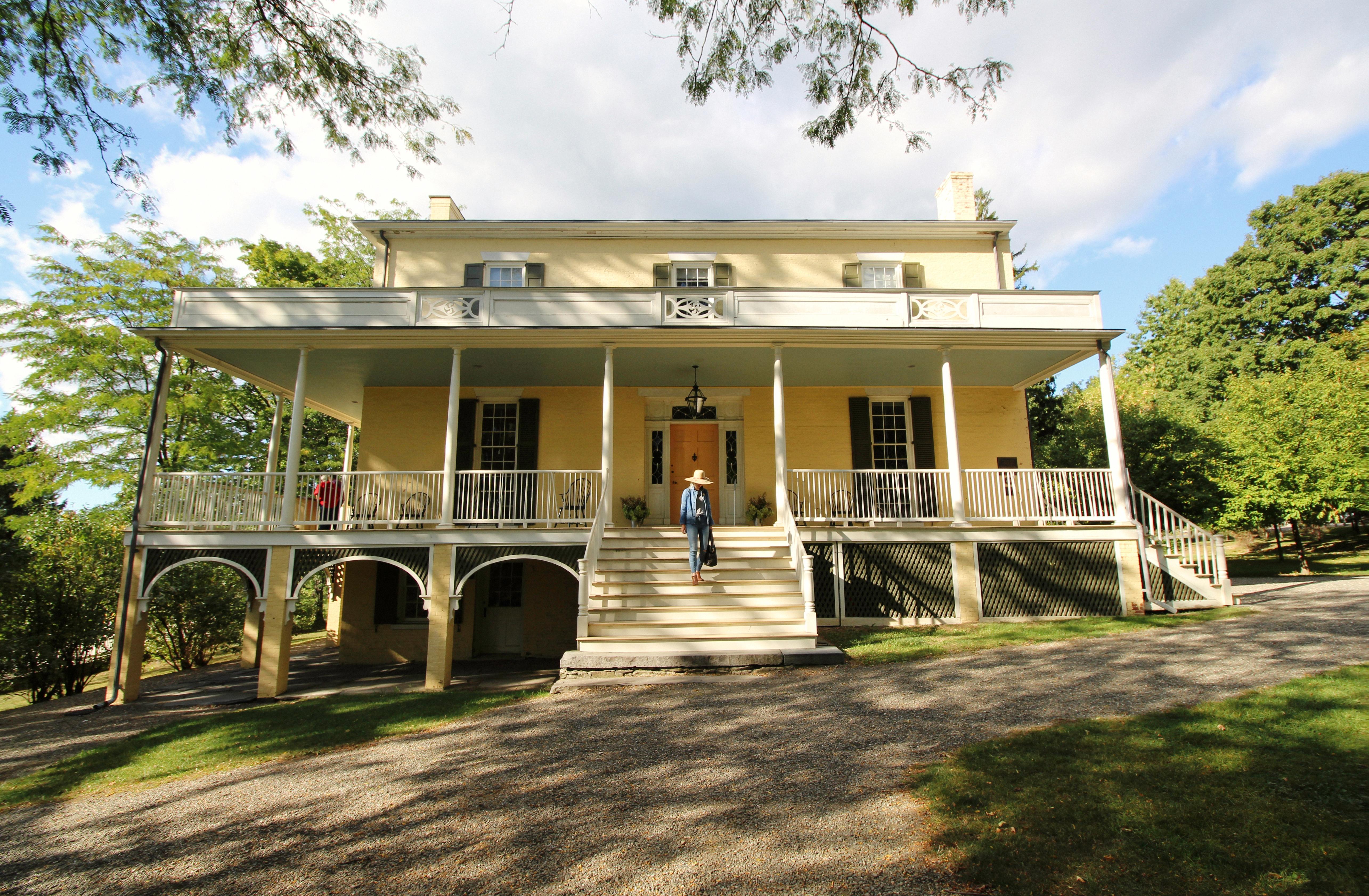
Thomas Cole
In 1825, America was still a new nation, just forming its own unique identity and traditions. Thomas Cole invented a new style of art, one that Americans could call their own. His landscape paintings launched the art movement known as the Hudson ...
Learn more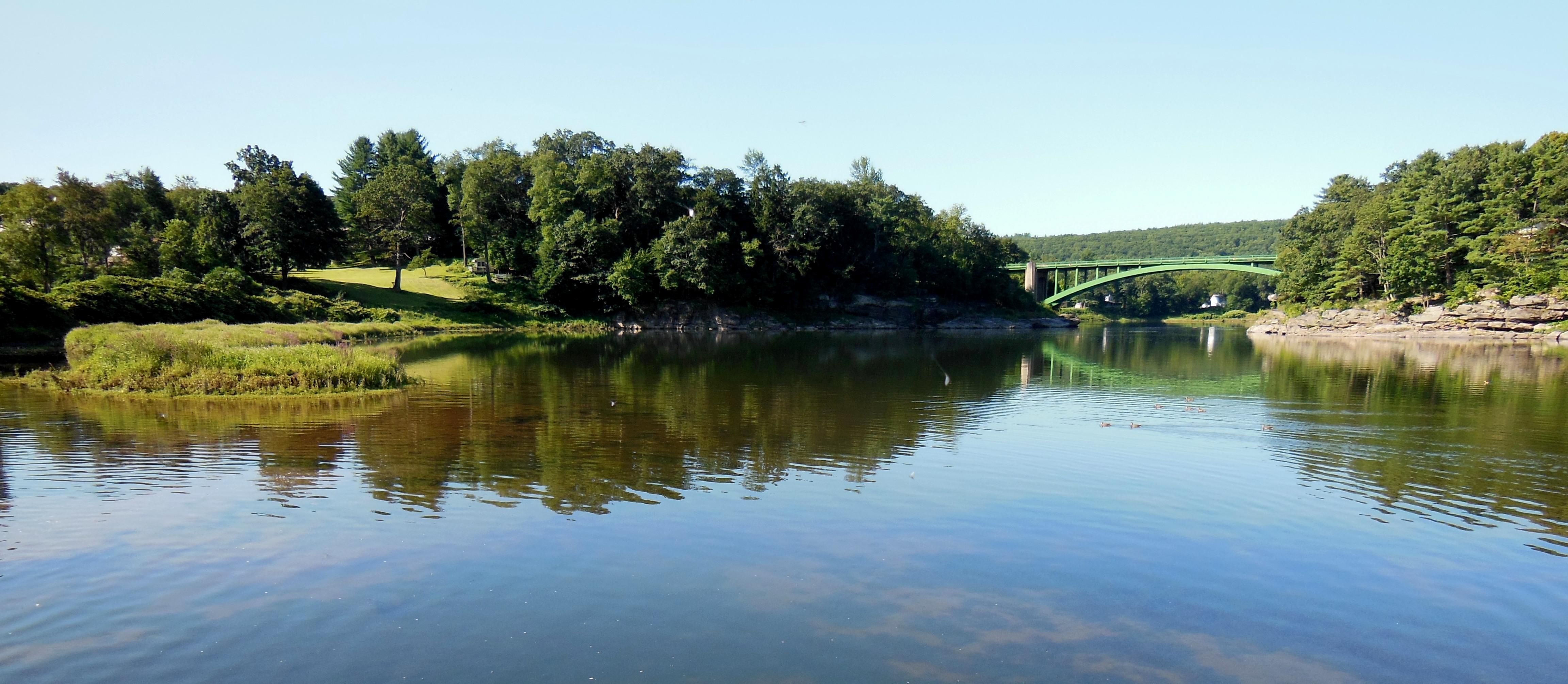
Upper Delaware
Canoe through rapids and quiet pools as the Delaware River winds its way through a valley of swiftly changing scenery or fish amid rolling hills and riverfront villages in one of the finest fishing rivers in the northeastern United States. The cl...
Learn more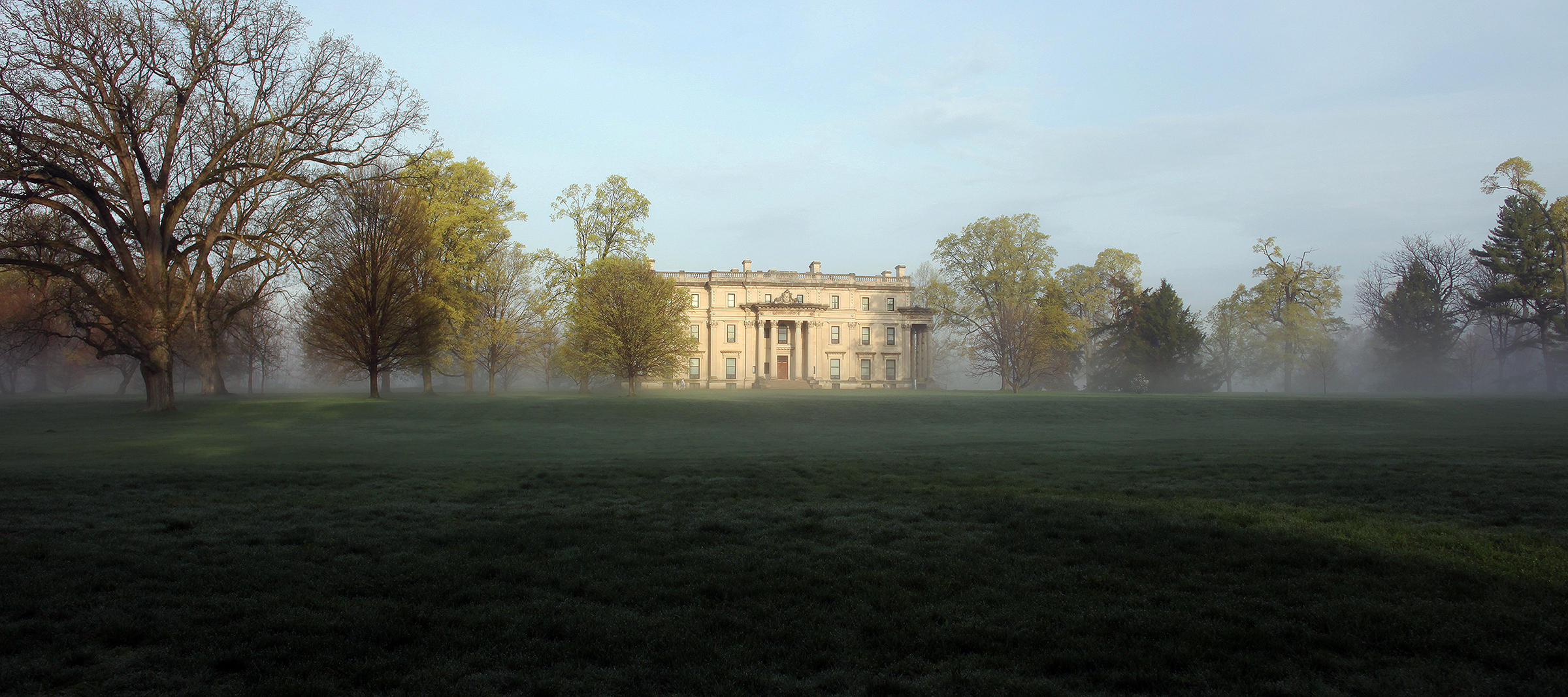
Vanderbilt Mansion
Built by of one of the first families of wealth in America. Designed by one of the nation's preeminent architects. The Vanderbilt Mansion is a home built expressly for the aristocratic lifestyle.
Learn more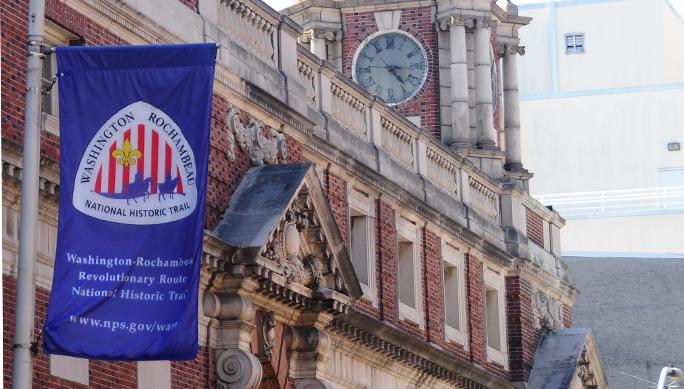
Washington-Rochambeau Revolutionary Route
In 1781, General Rochambeau’s French Army joined forces with General Washington’s Continental Army to fight the British Army in Yorktown, Virginia. With the French Navy in support, the allied armies moved hundreds of miles to become the largest t...
Learn more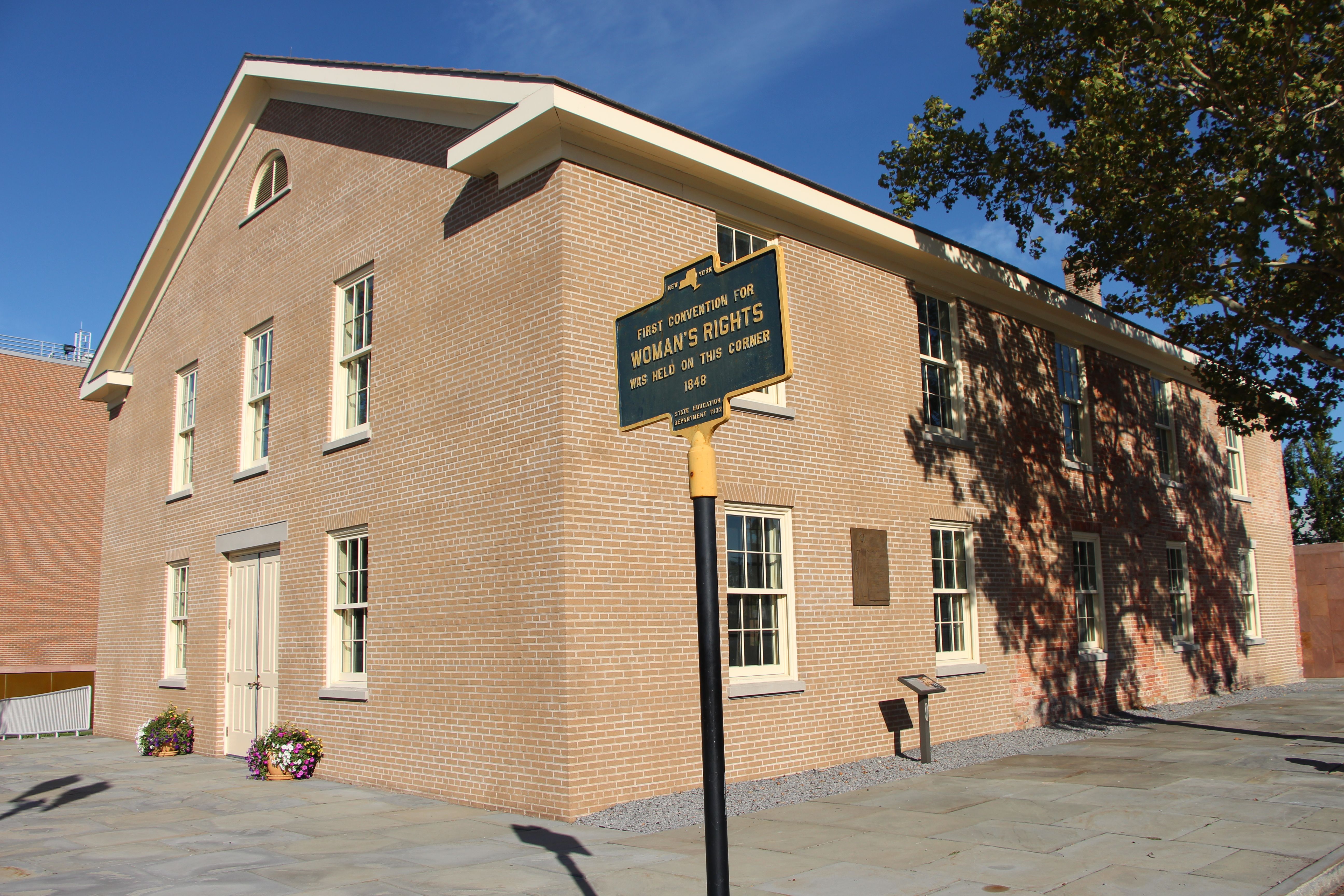
Women's Rights
Women’s Rights National Historical Park tells the story of the first Women’s Rights Convention, held in Seneca Falls, New York on July 19-20, 1848. It is a story of struggles for civil rights, human rights, and equality, global struggles that con...
Learn more